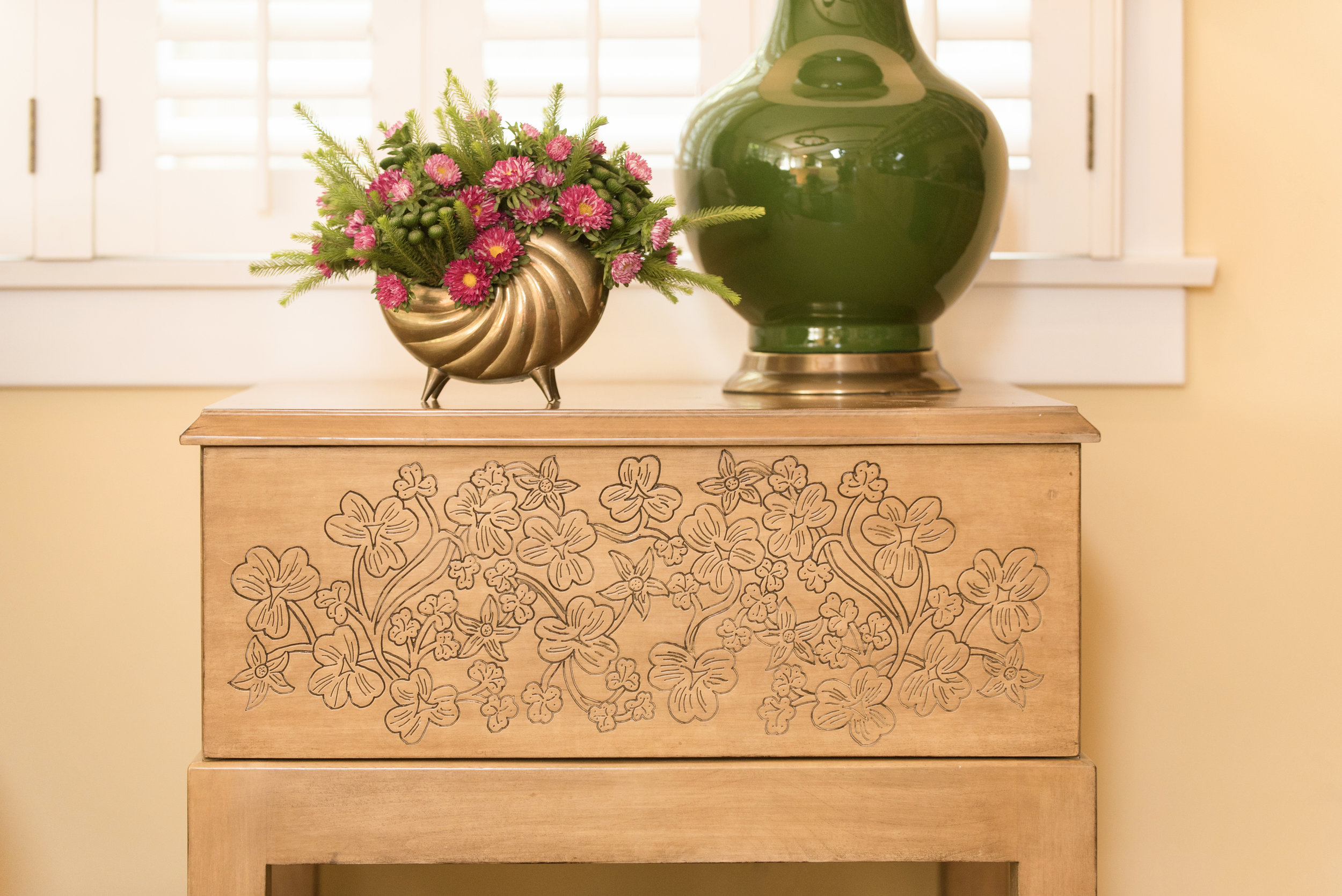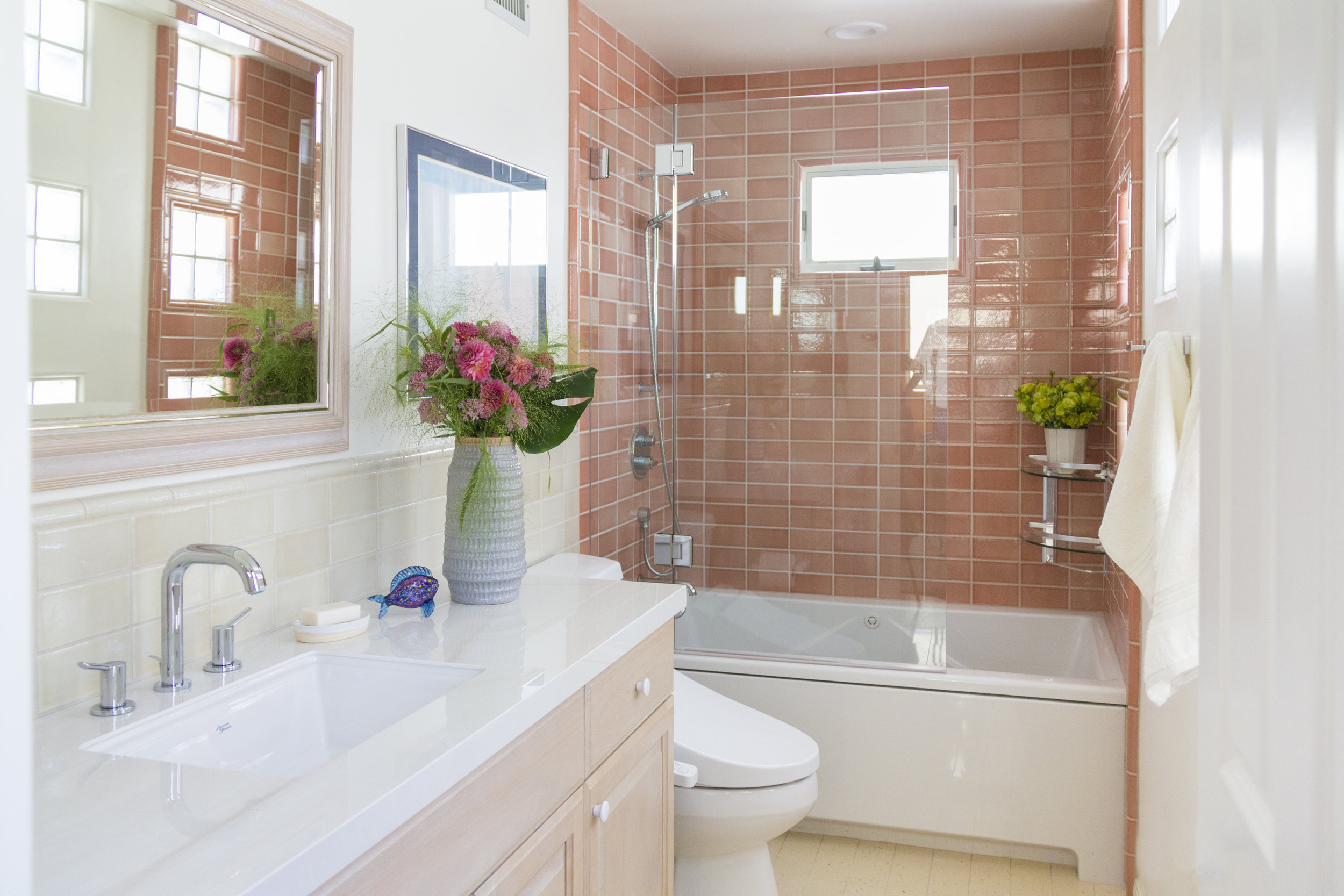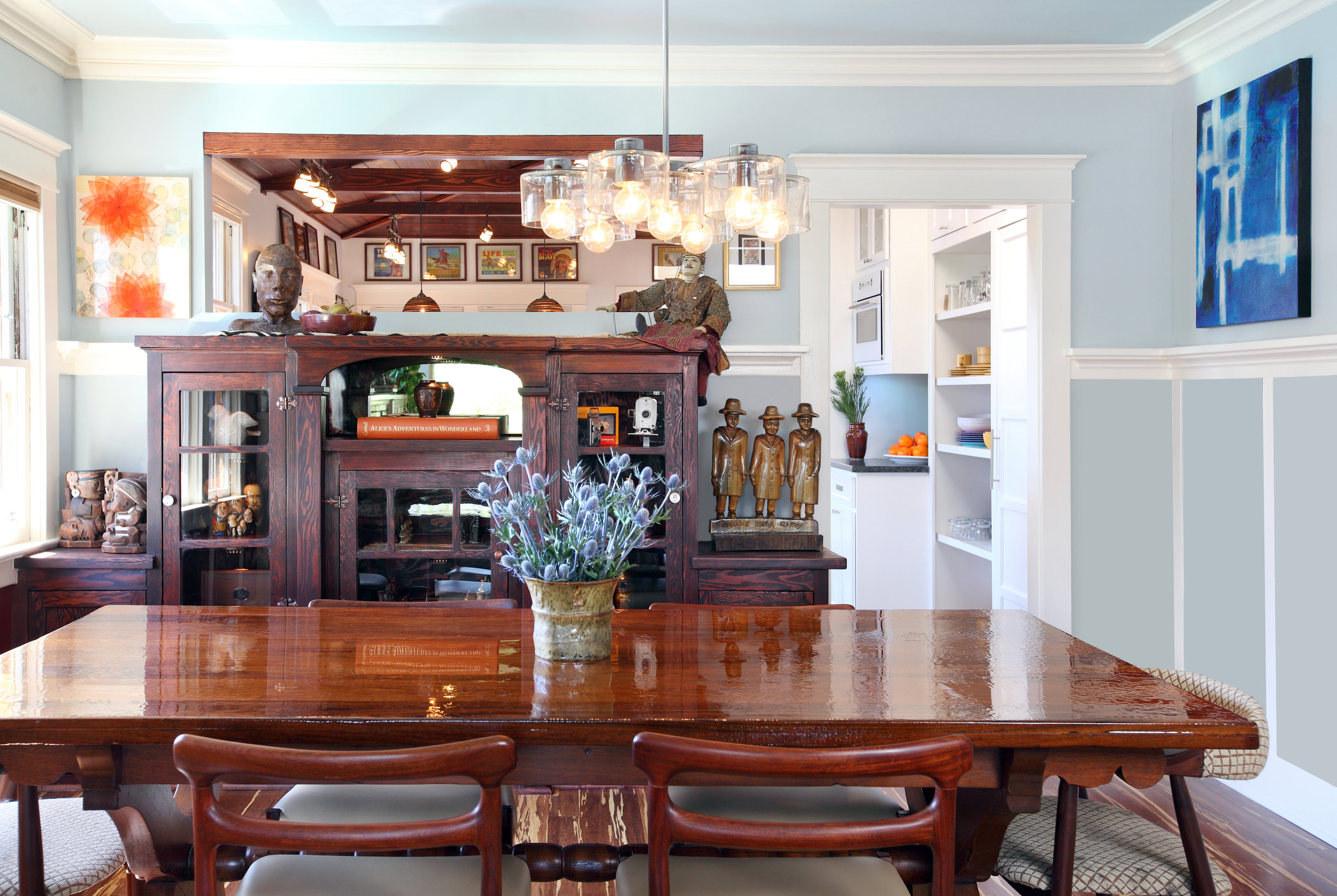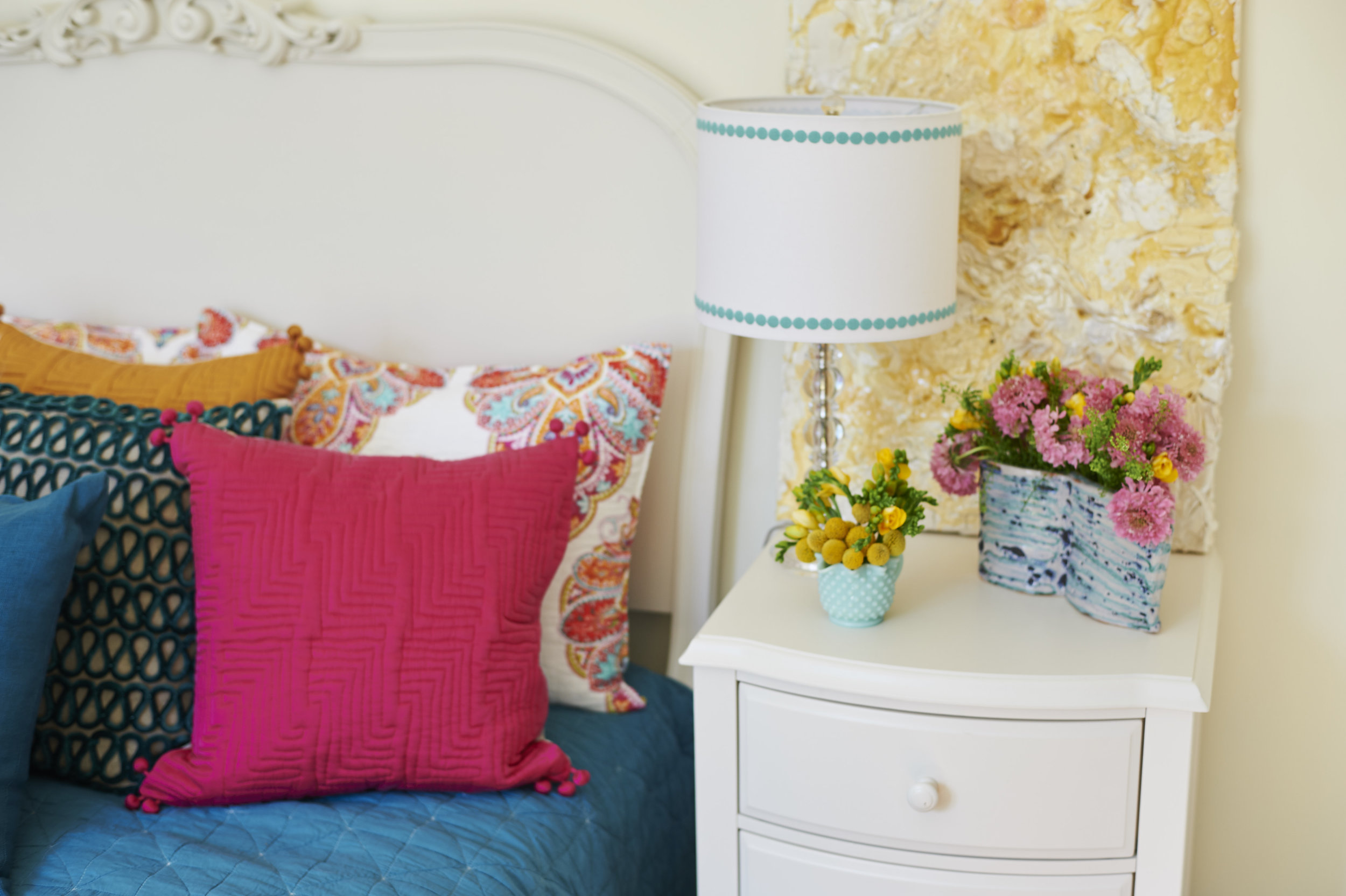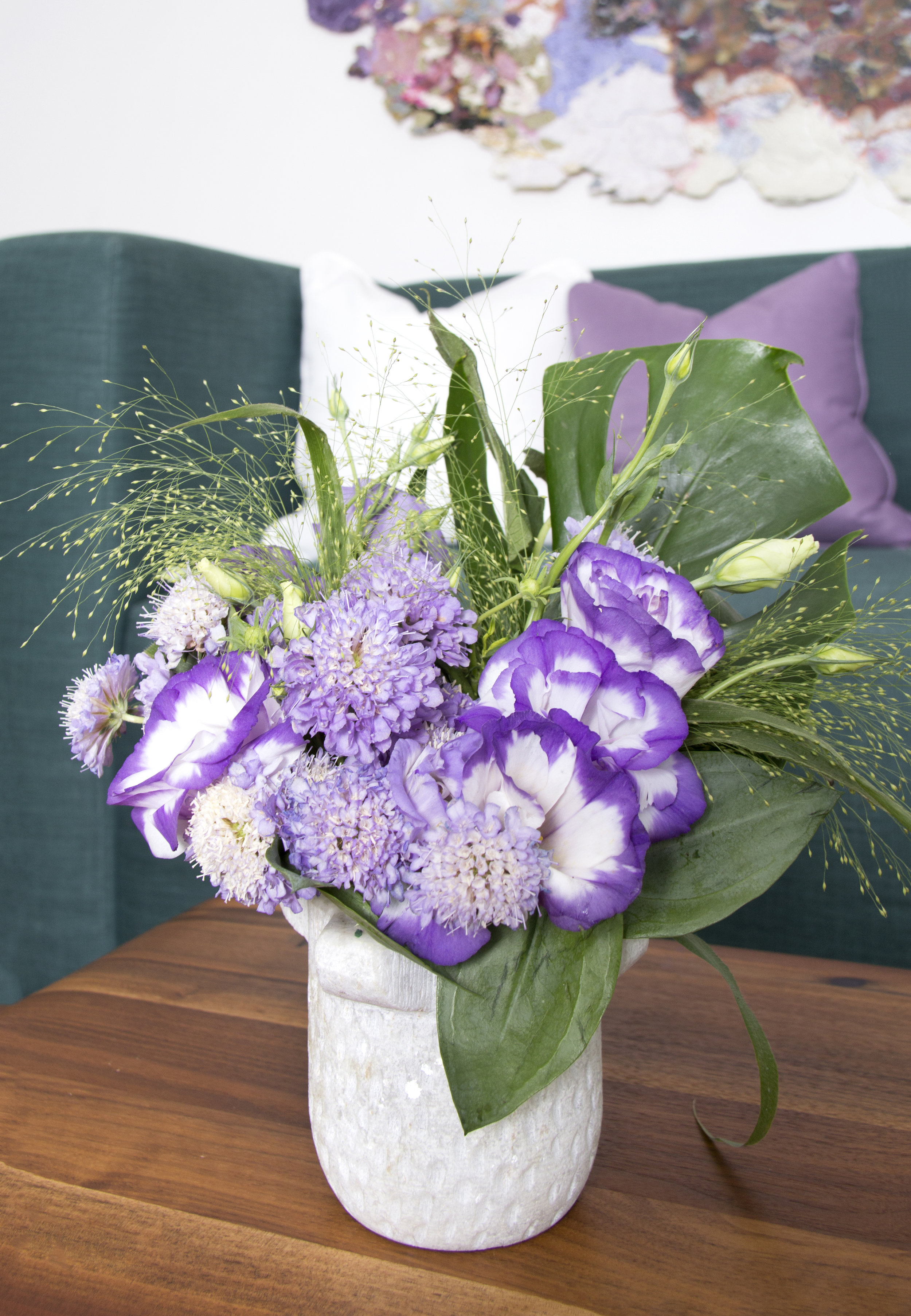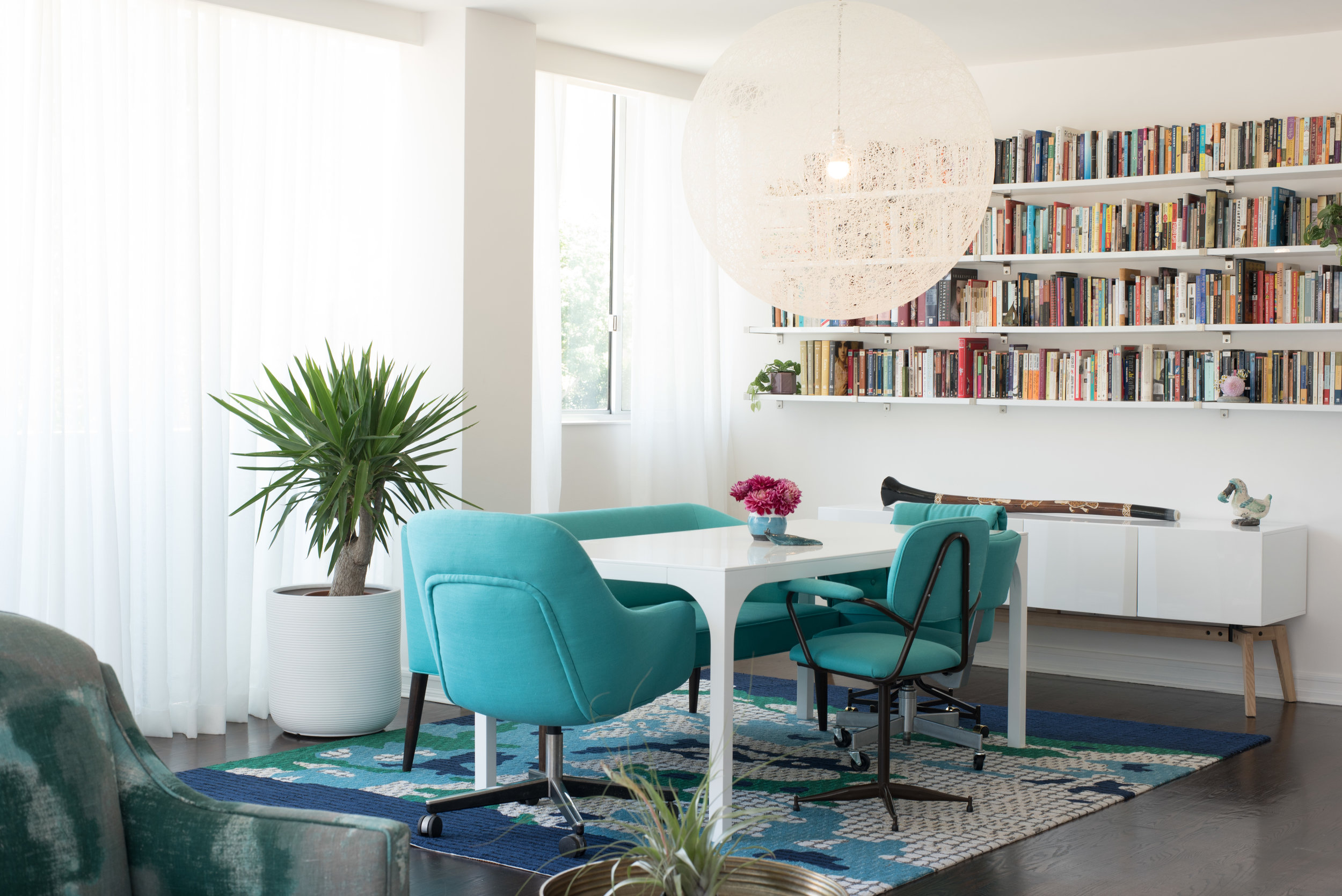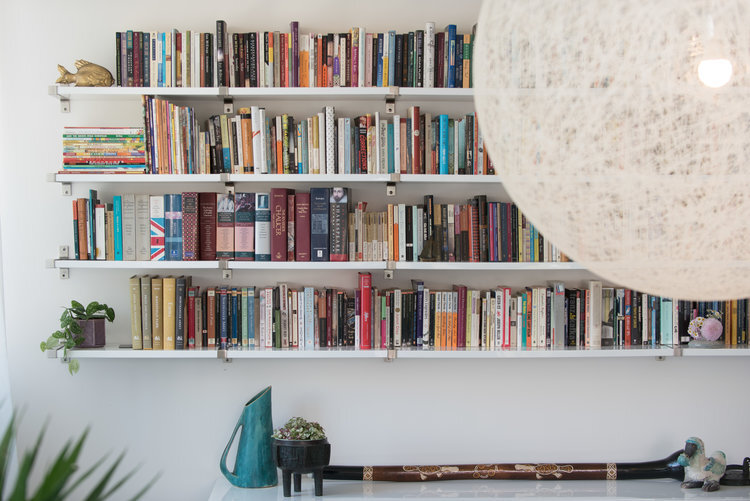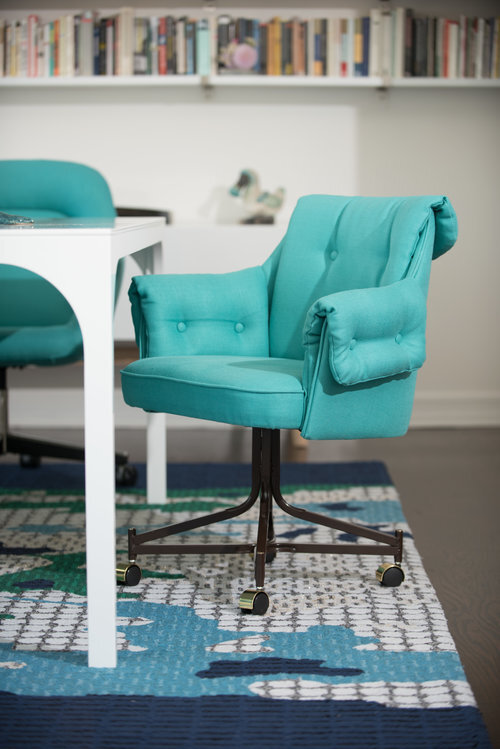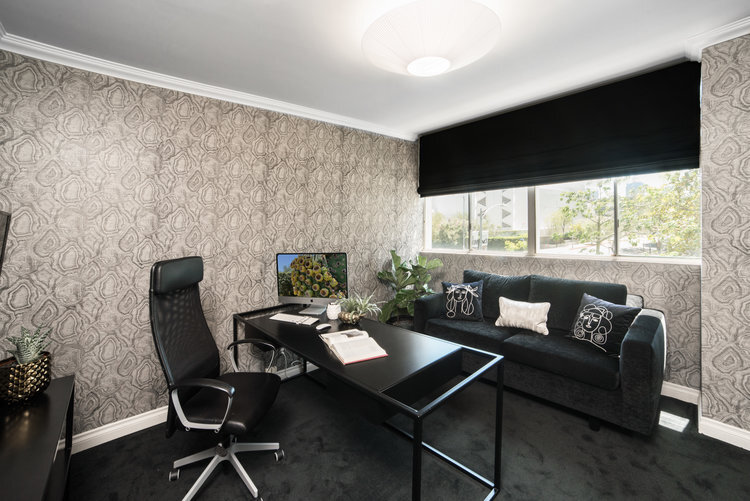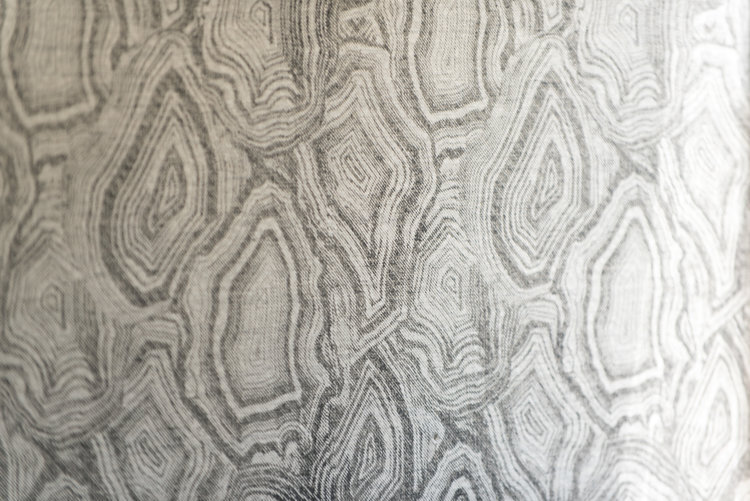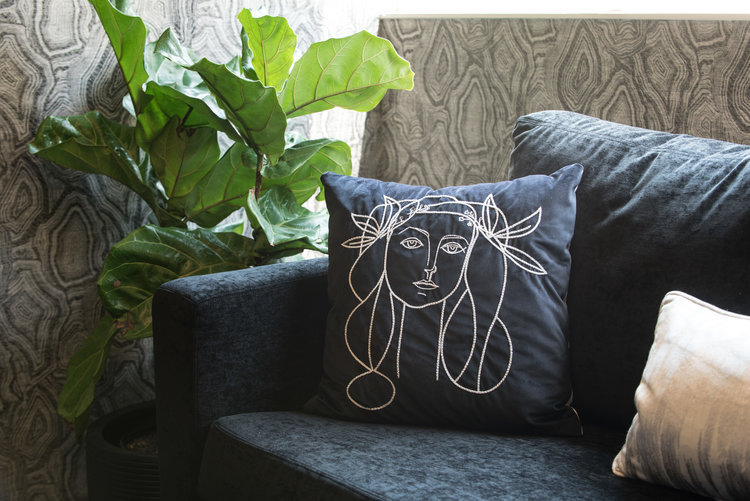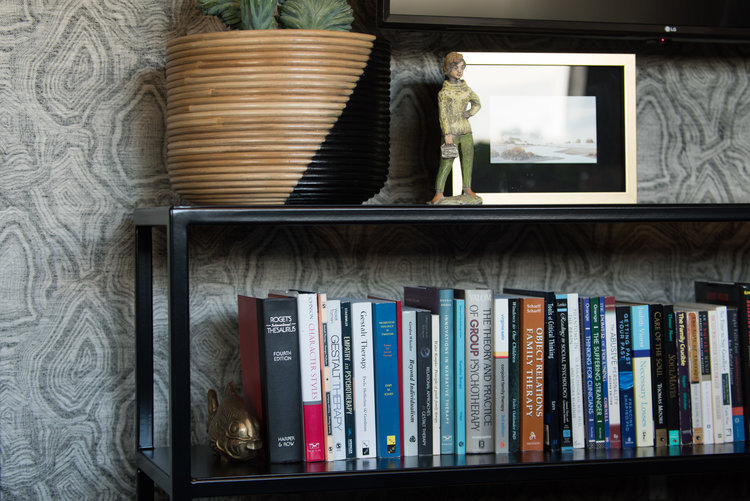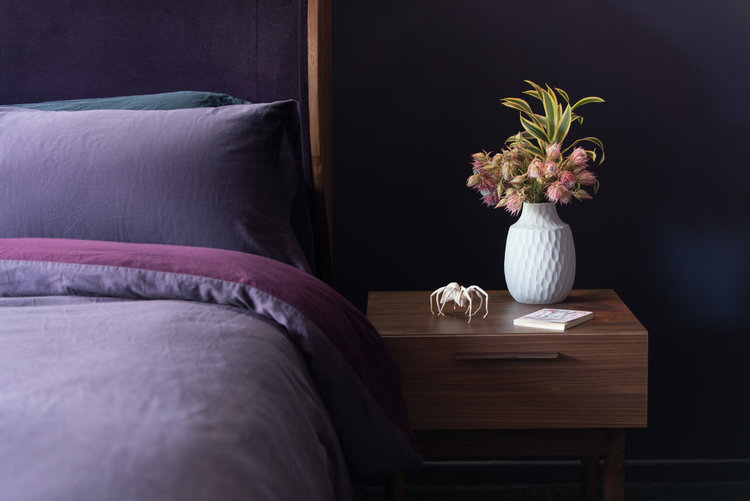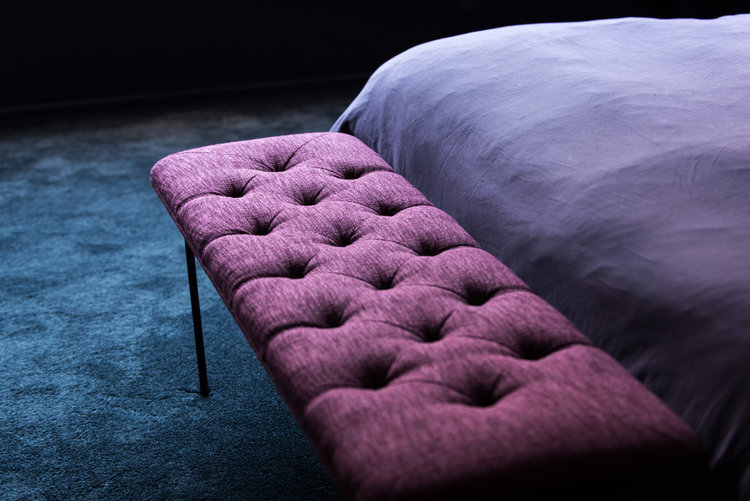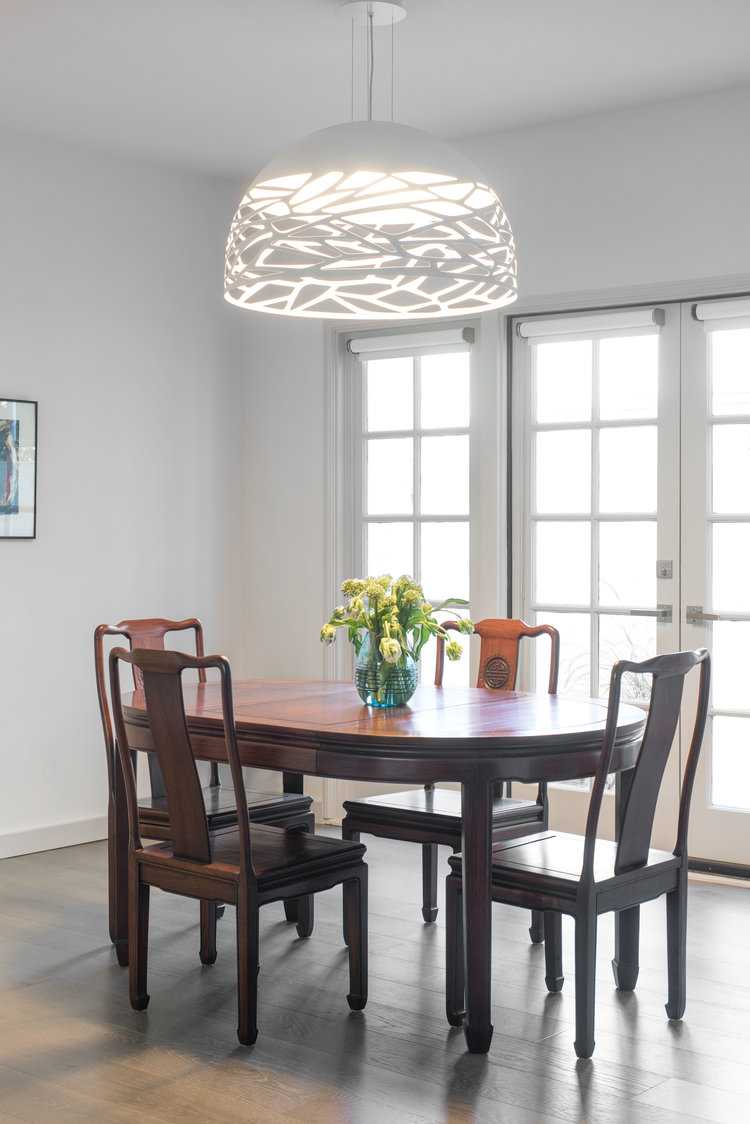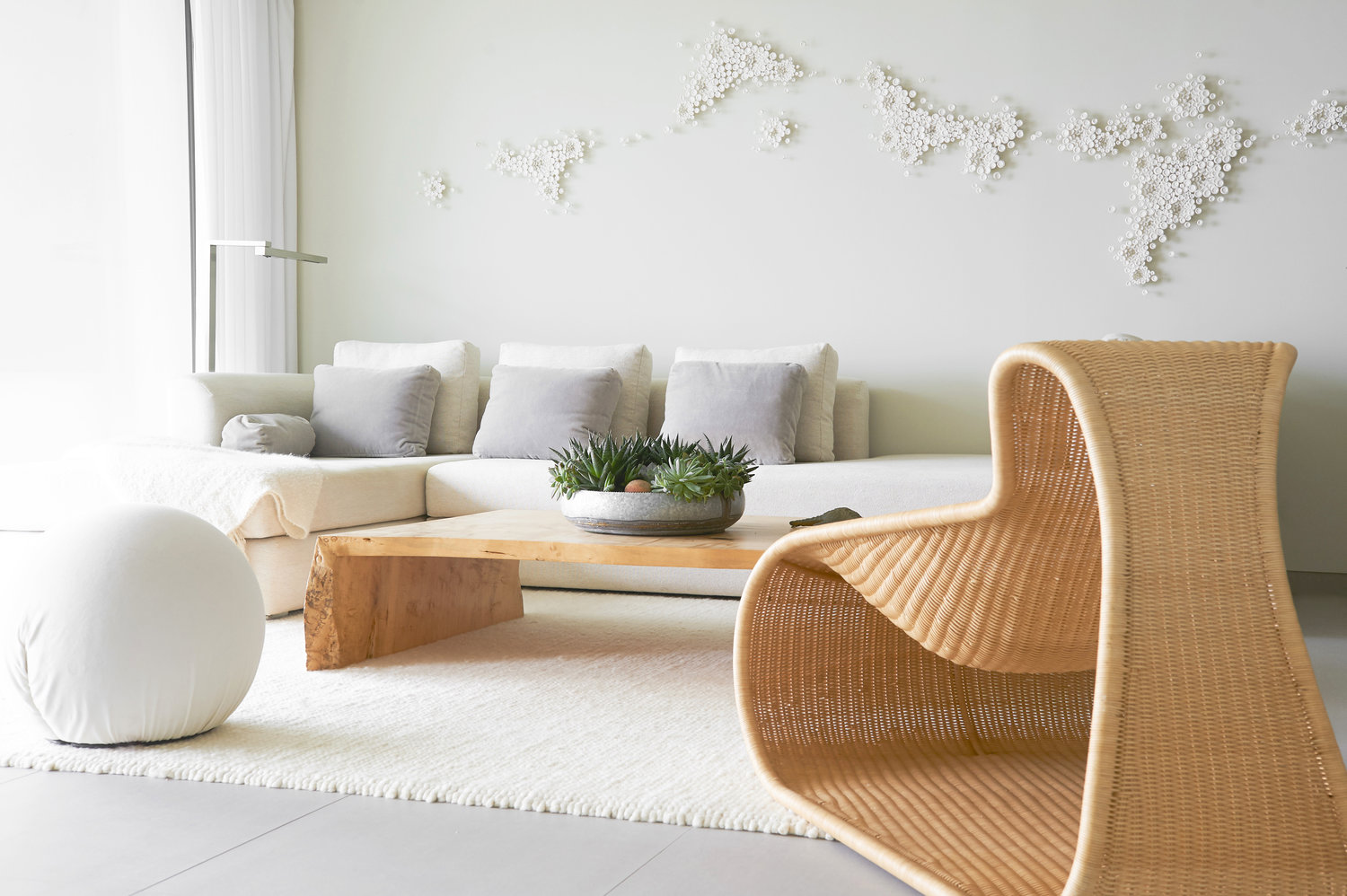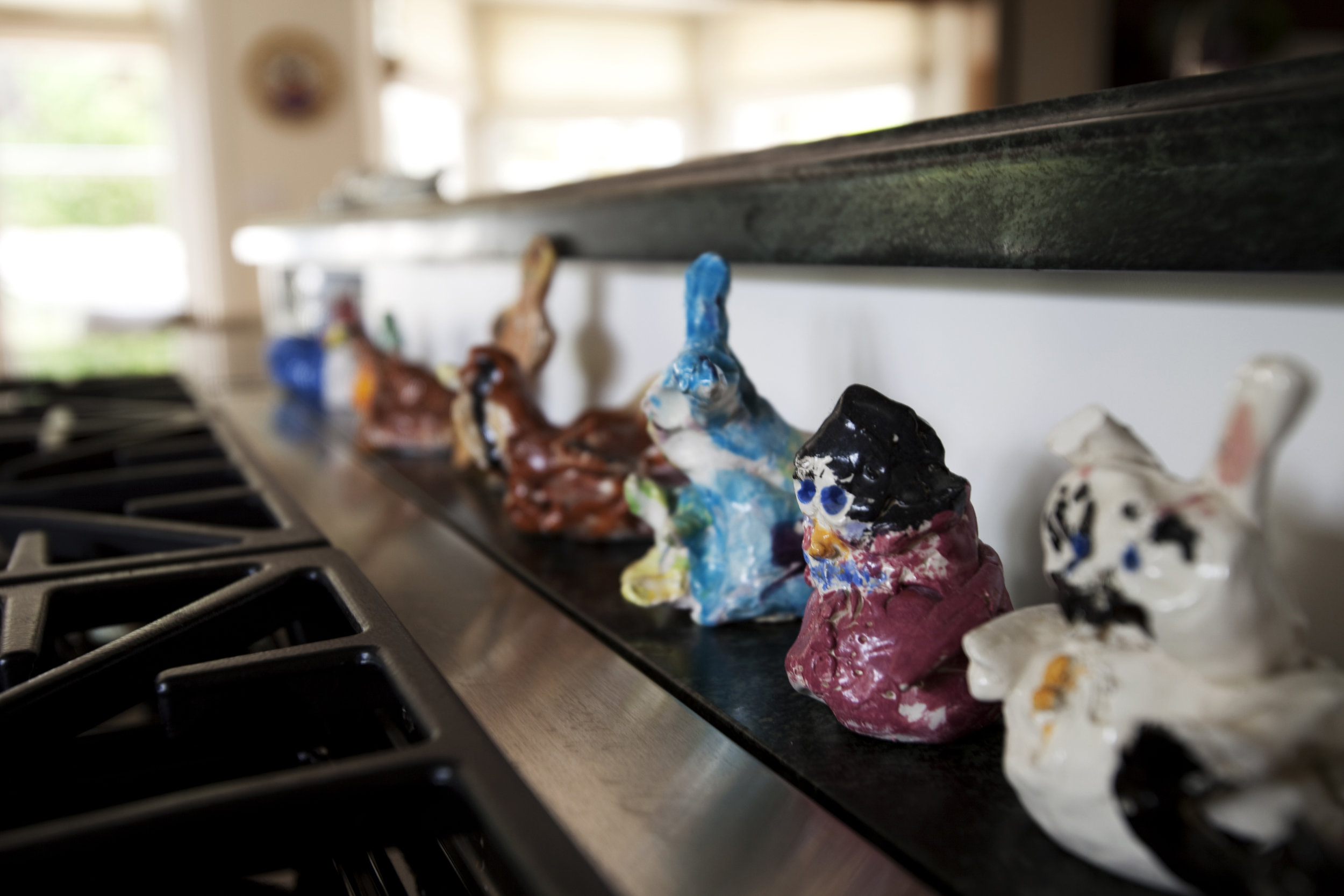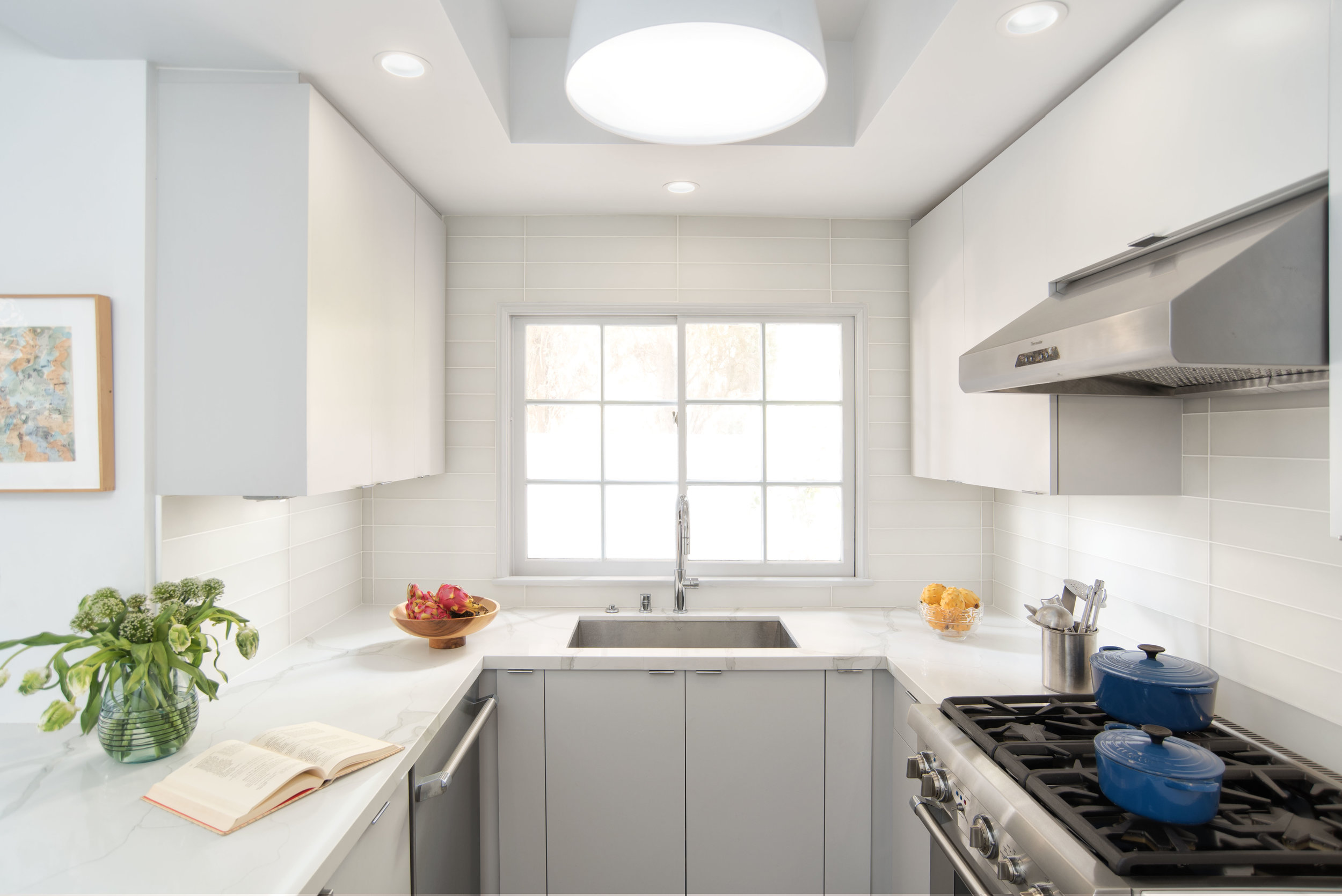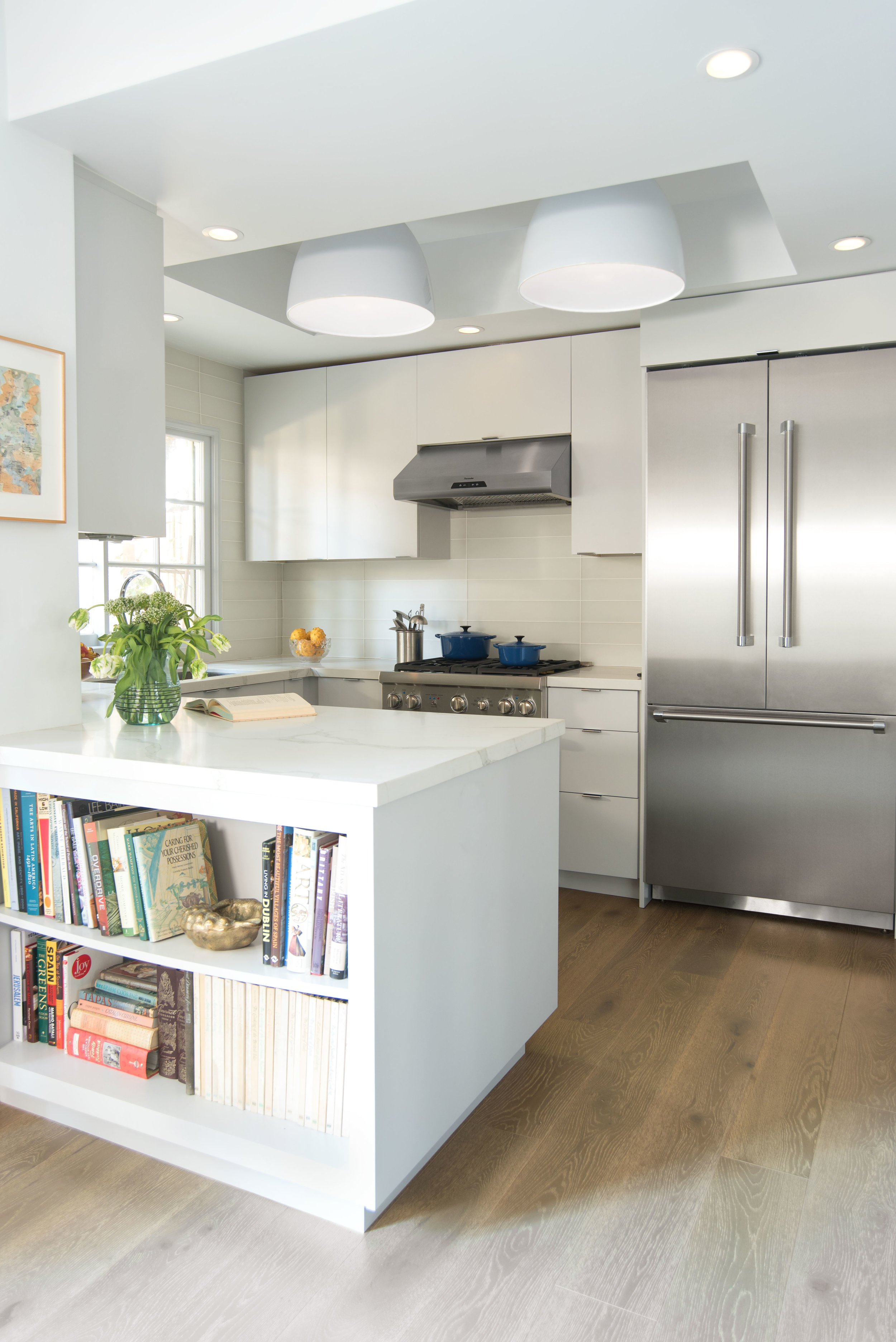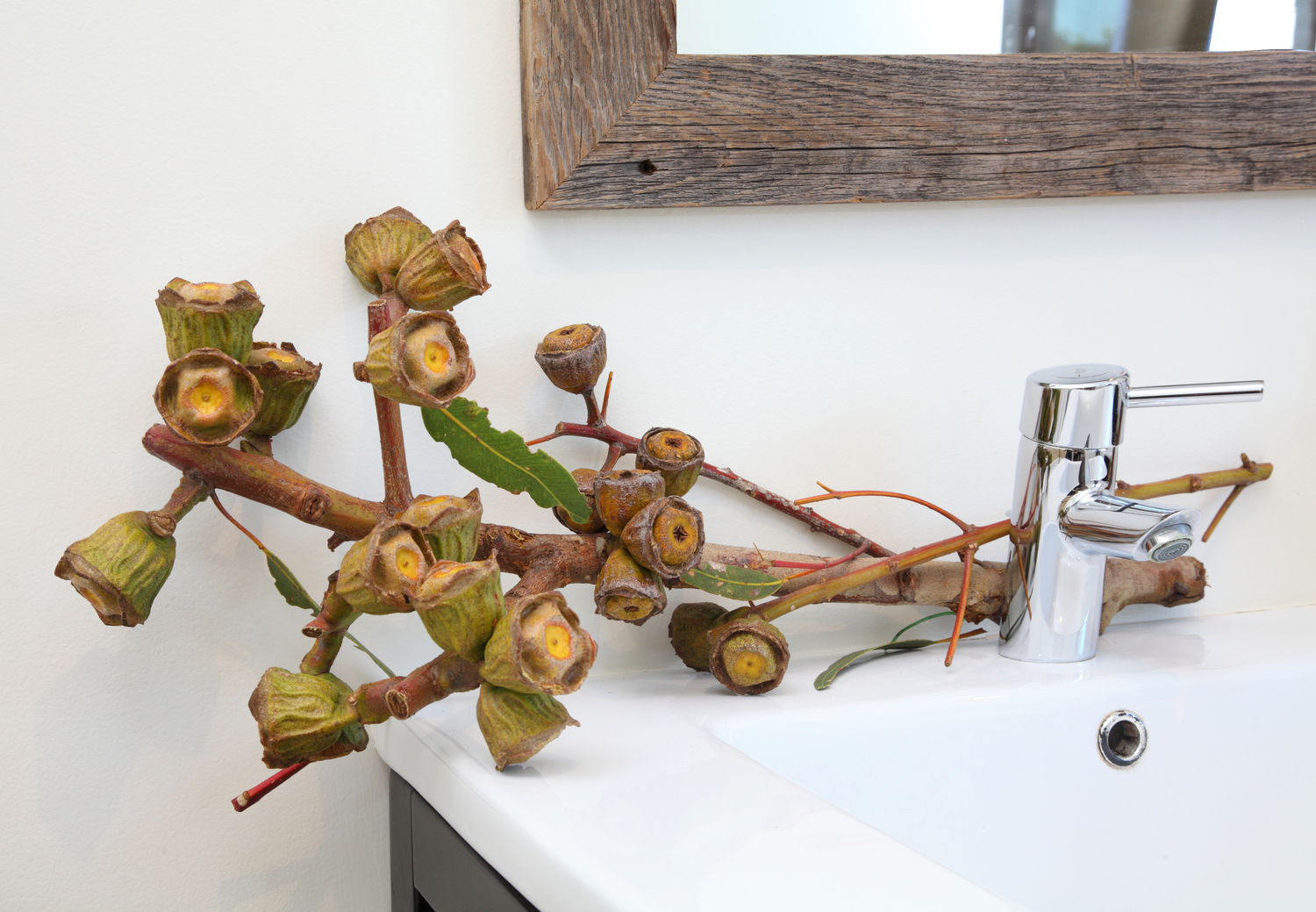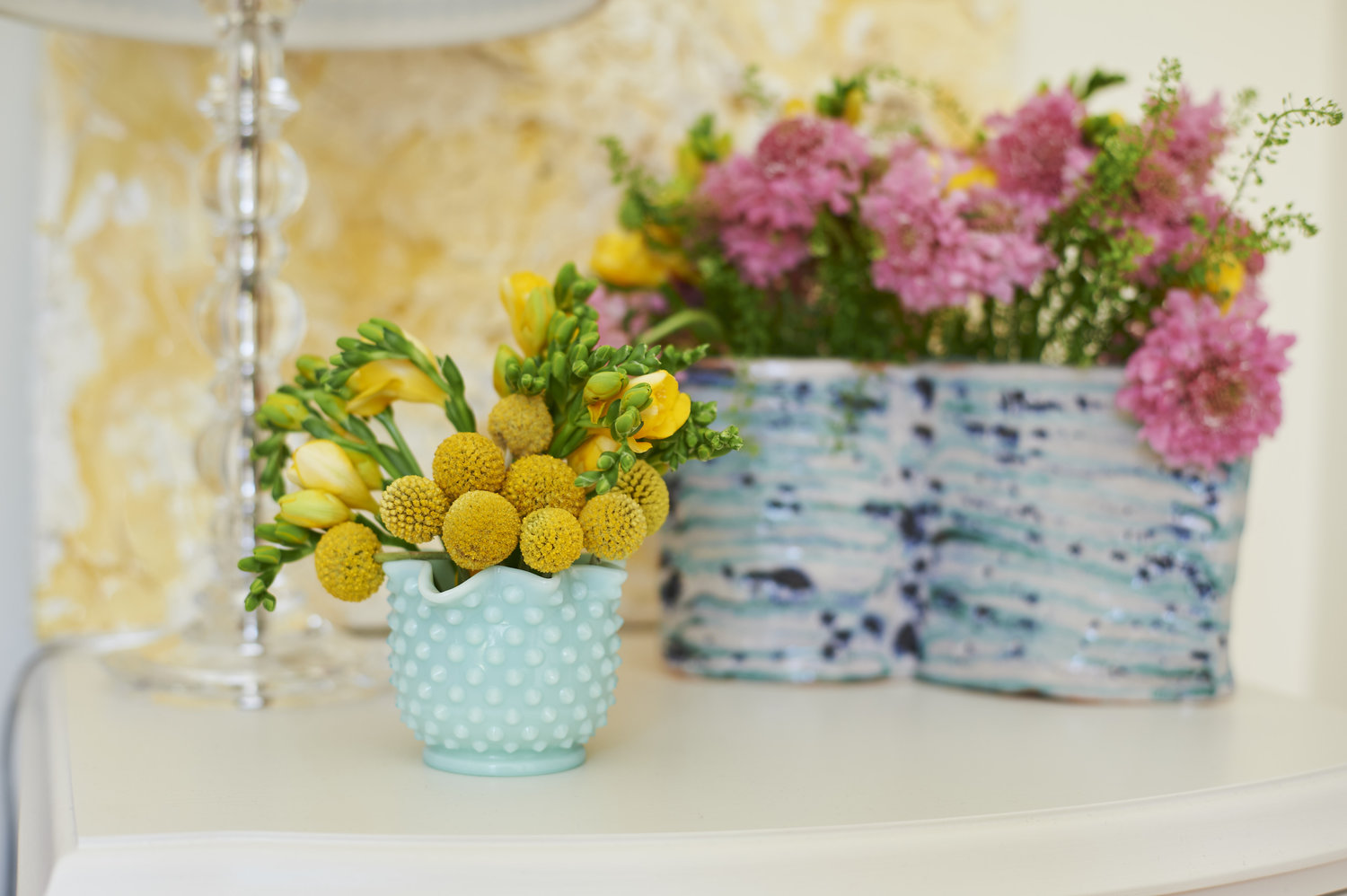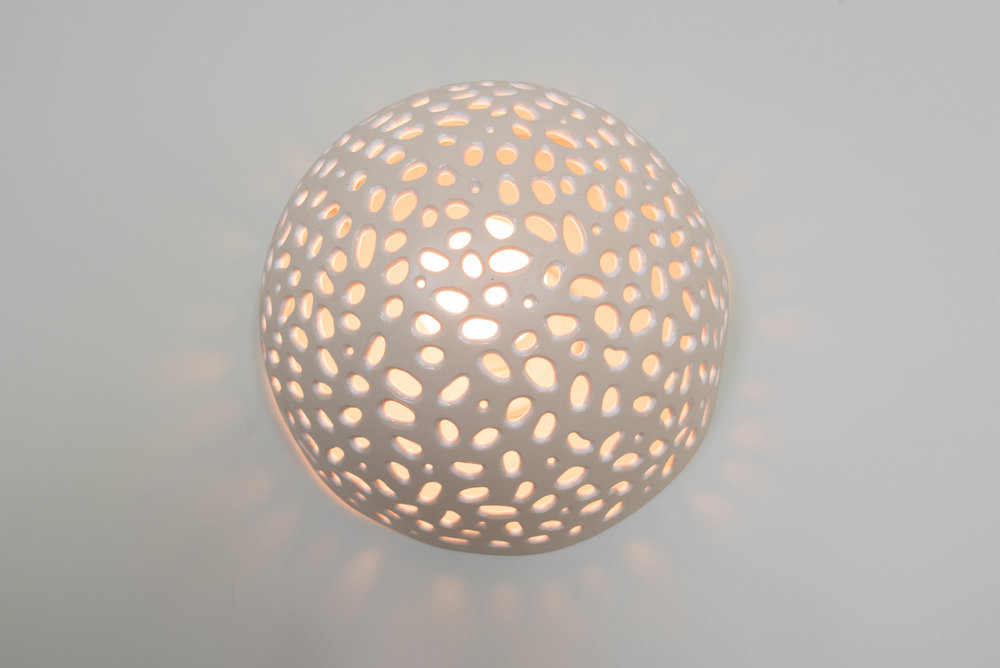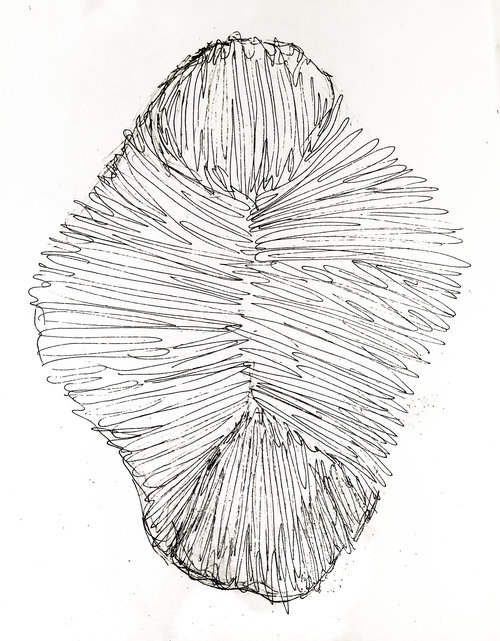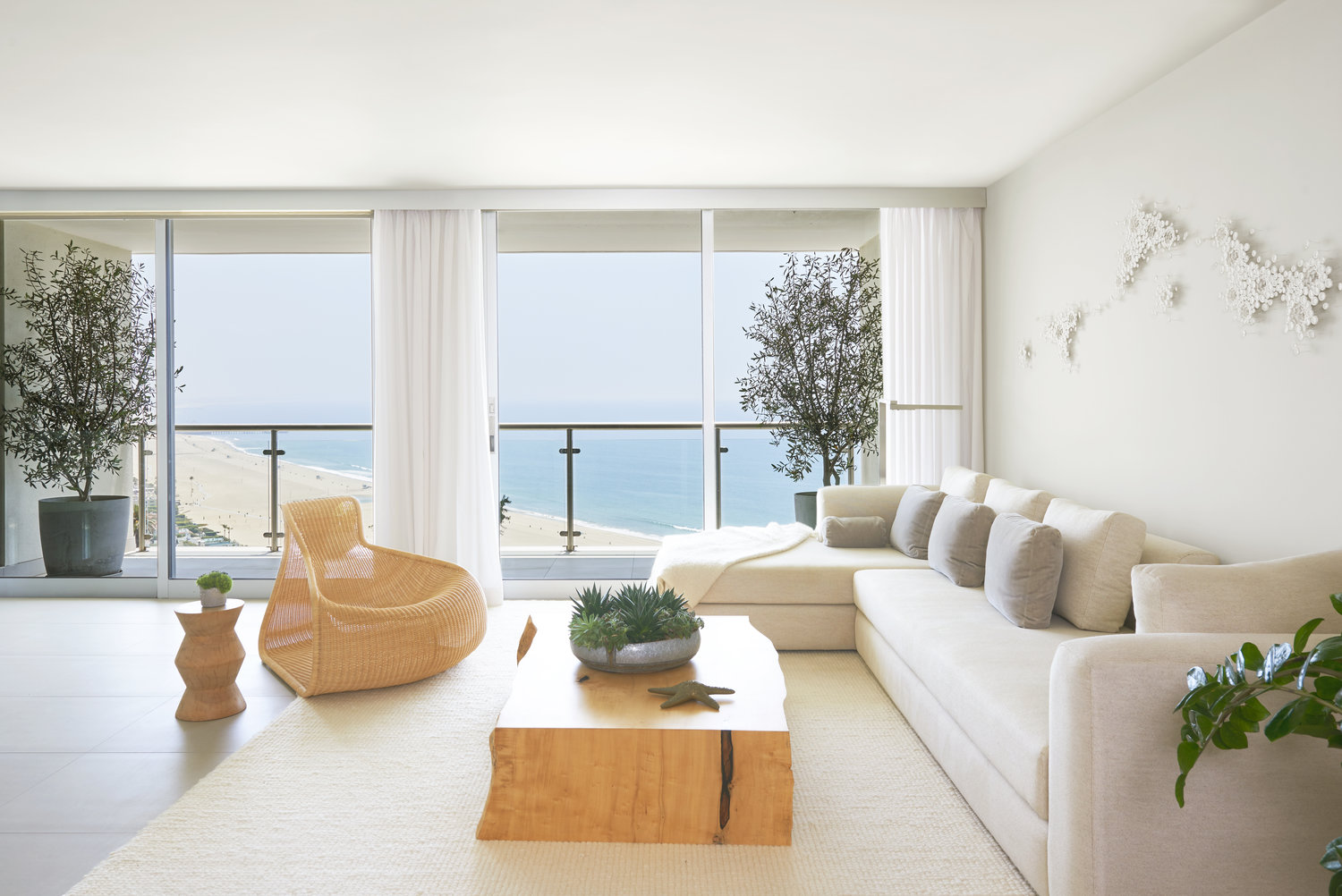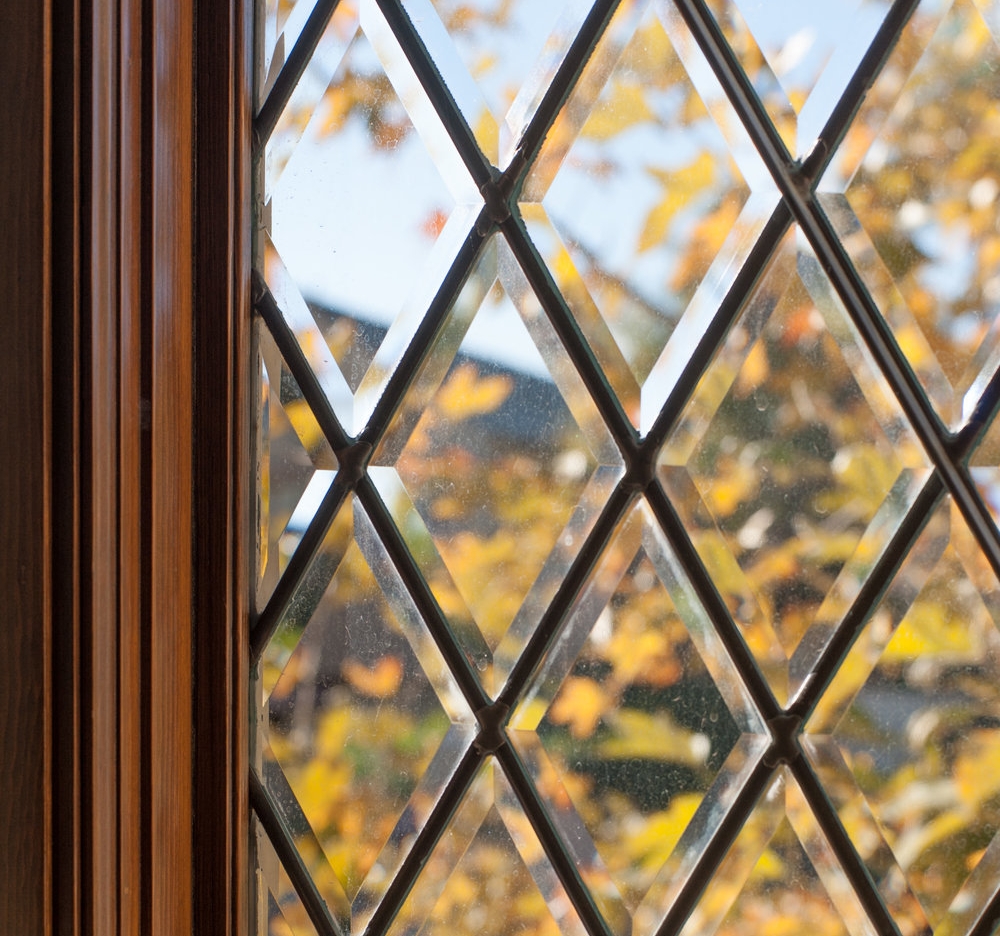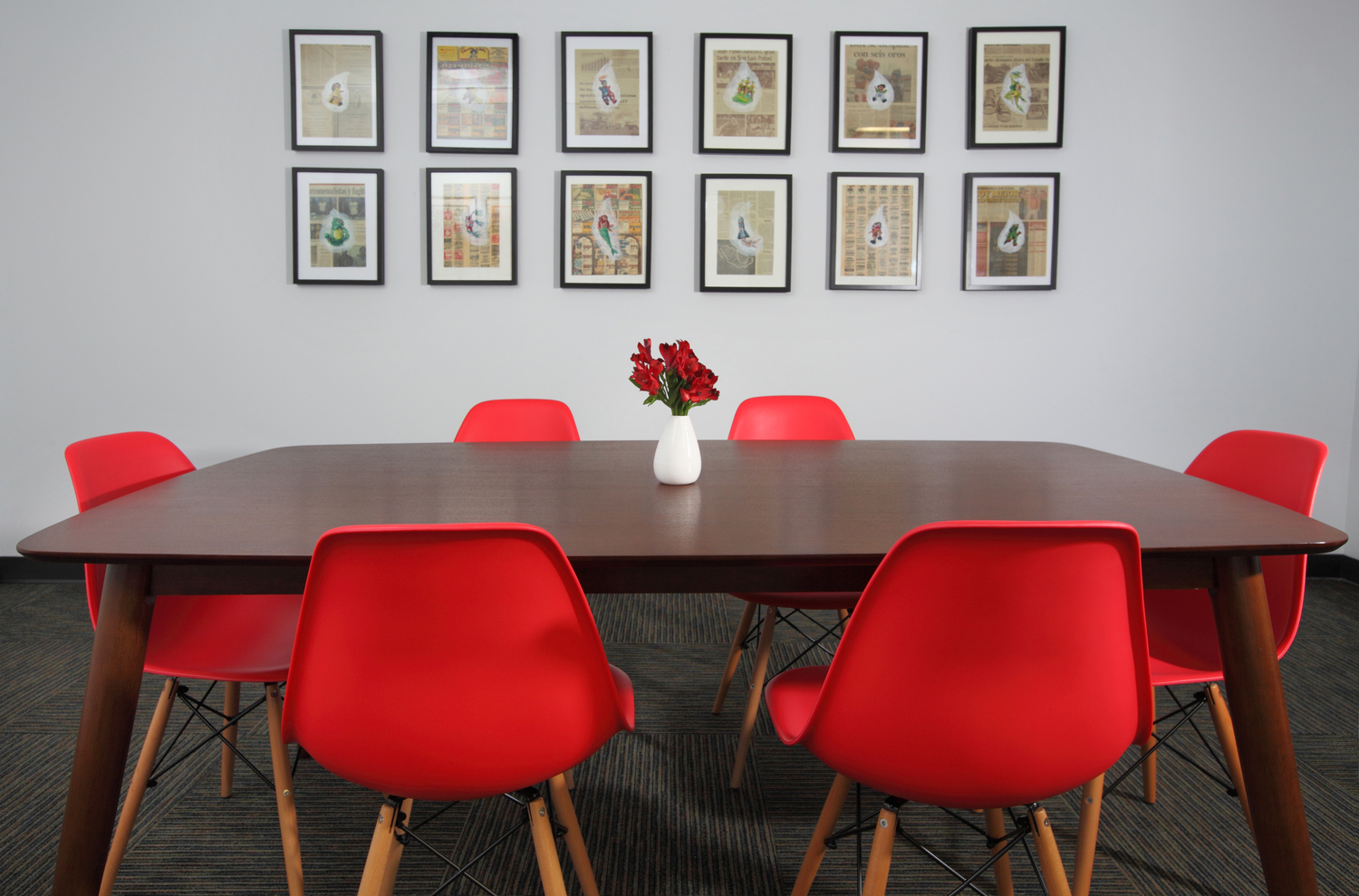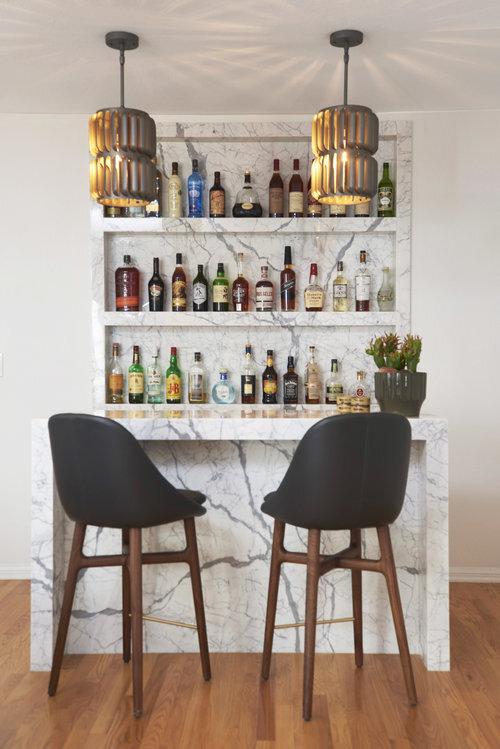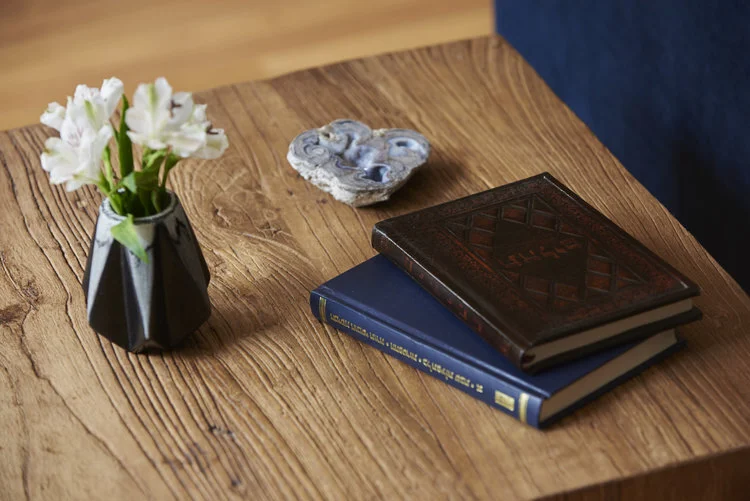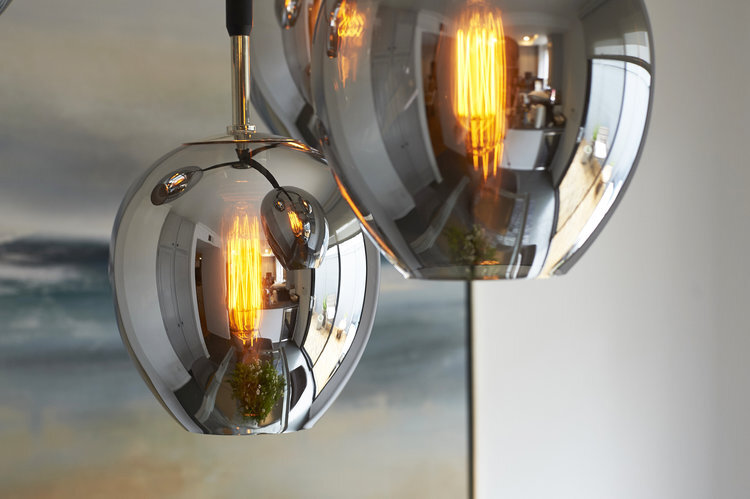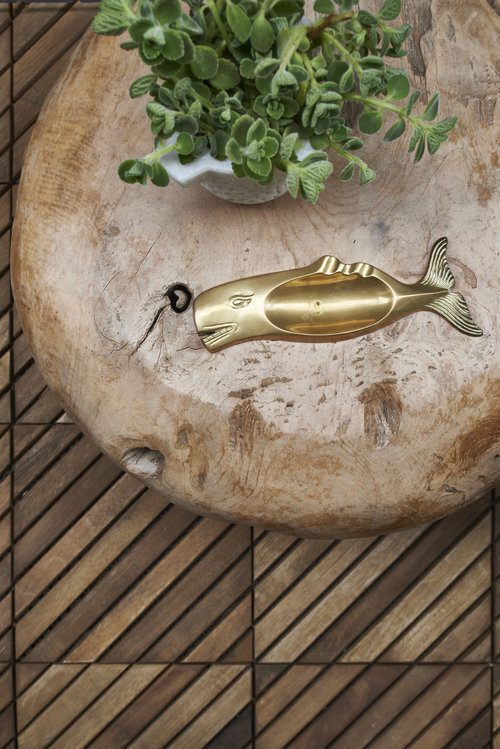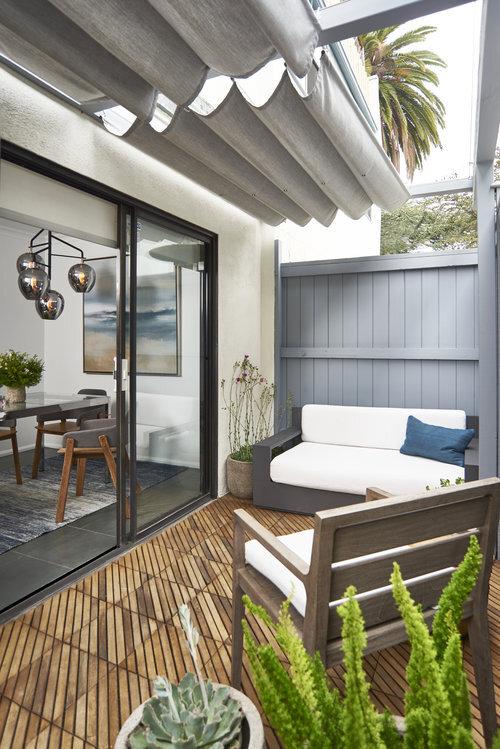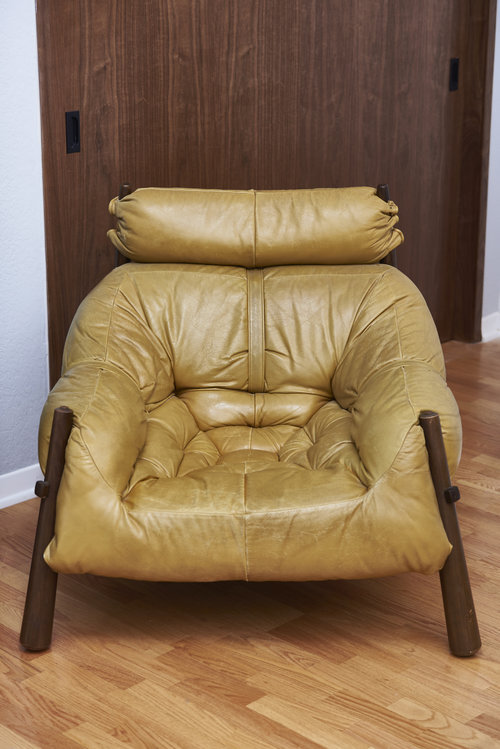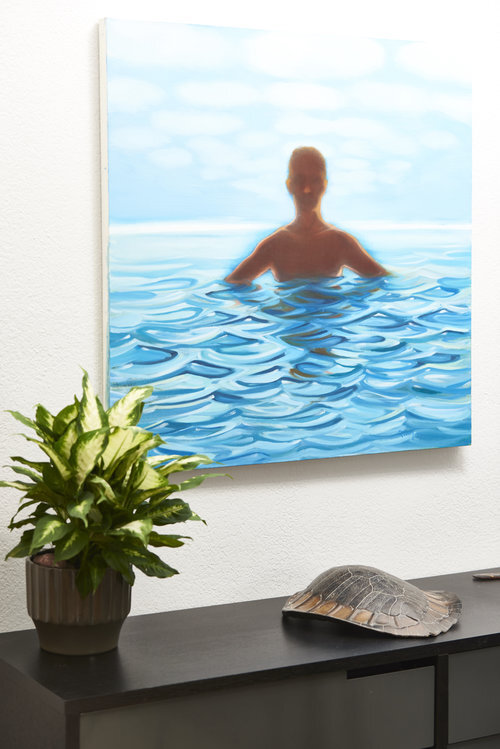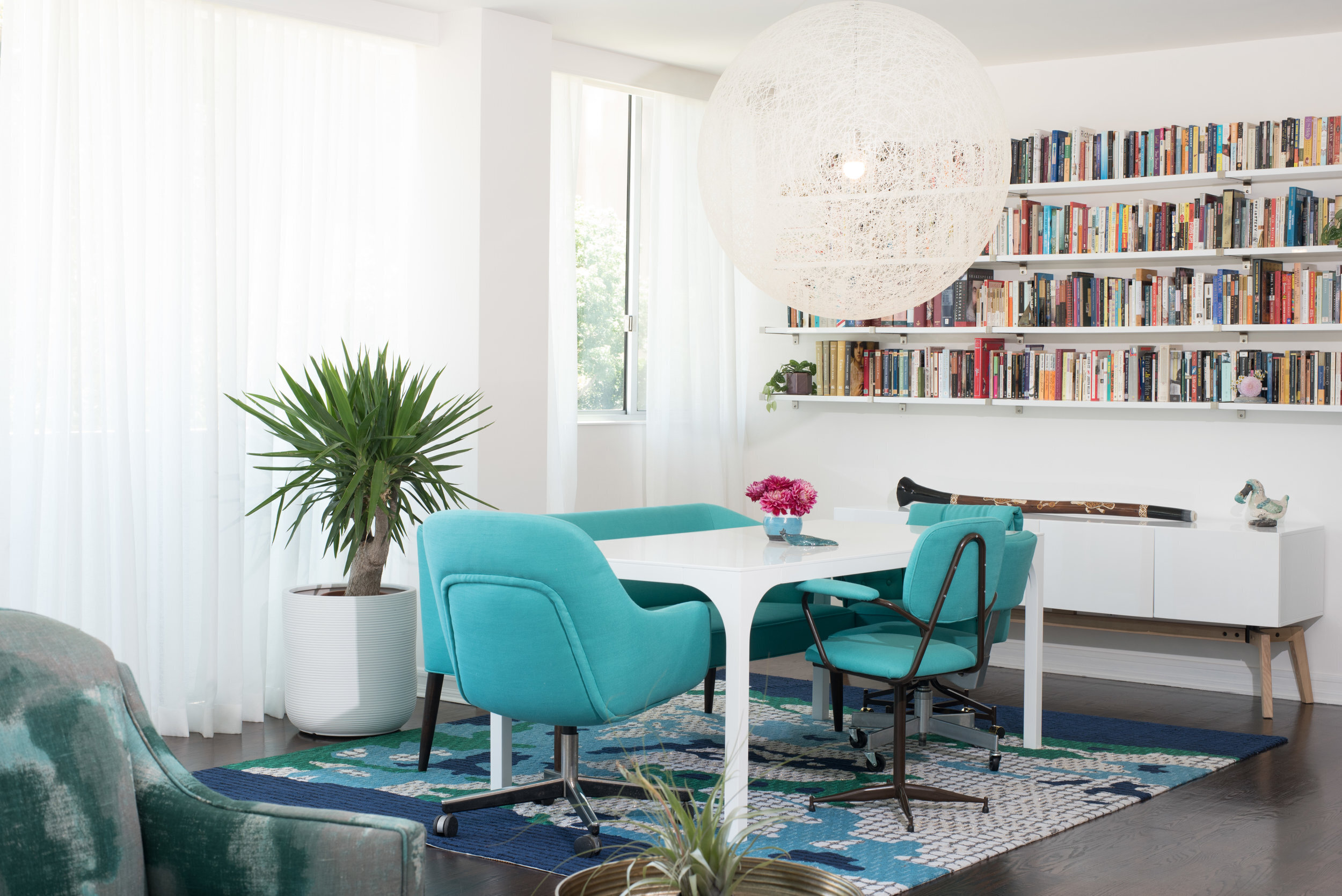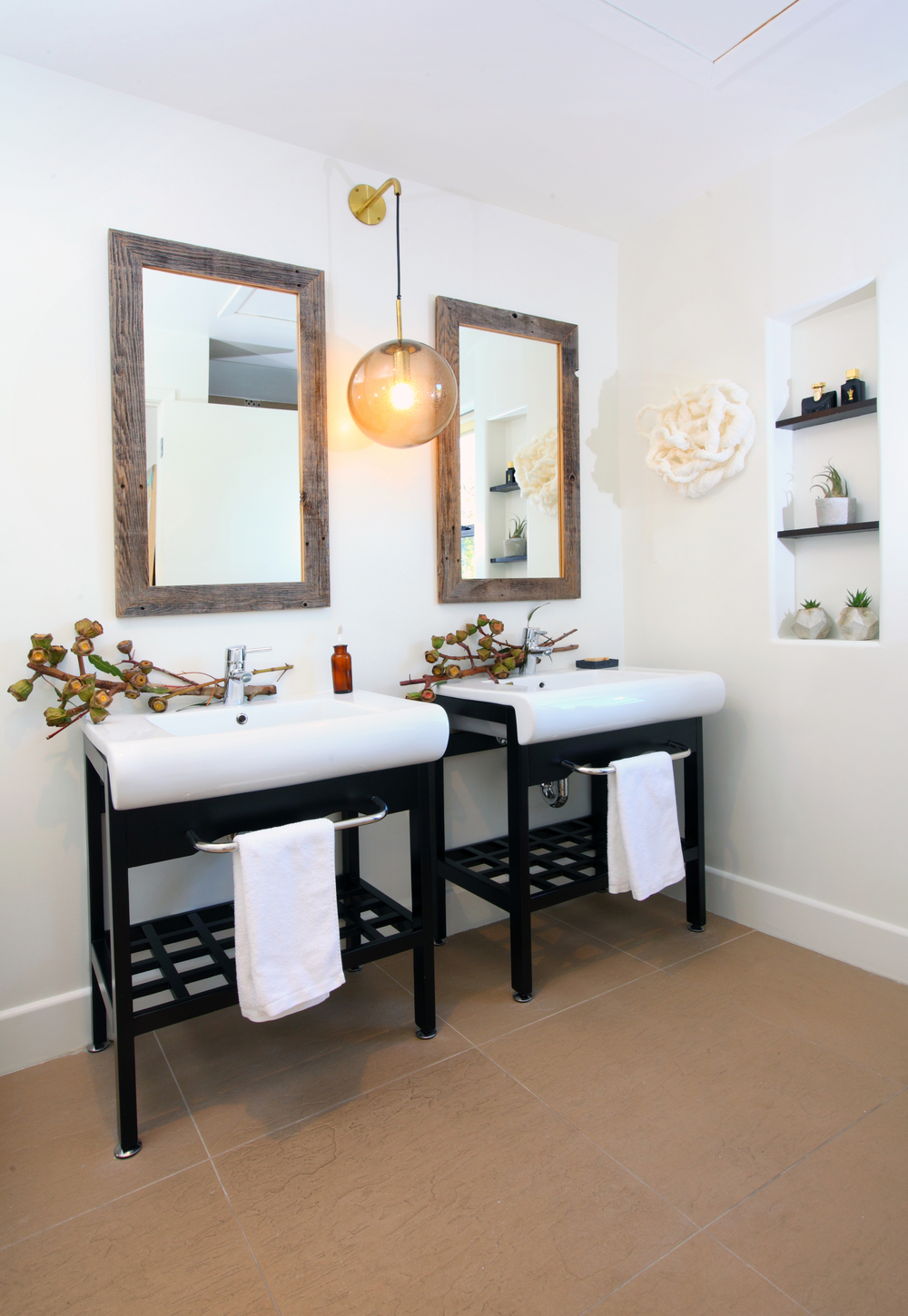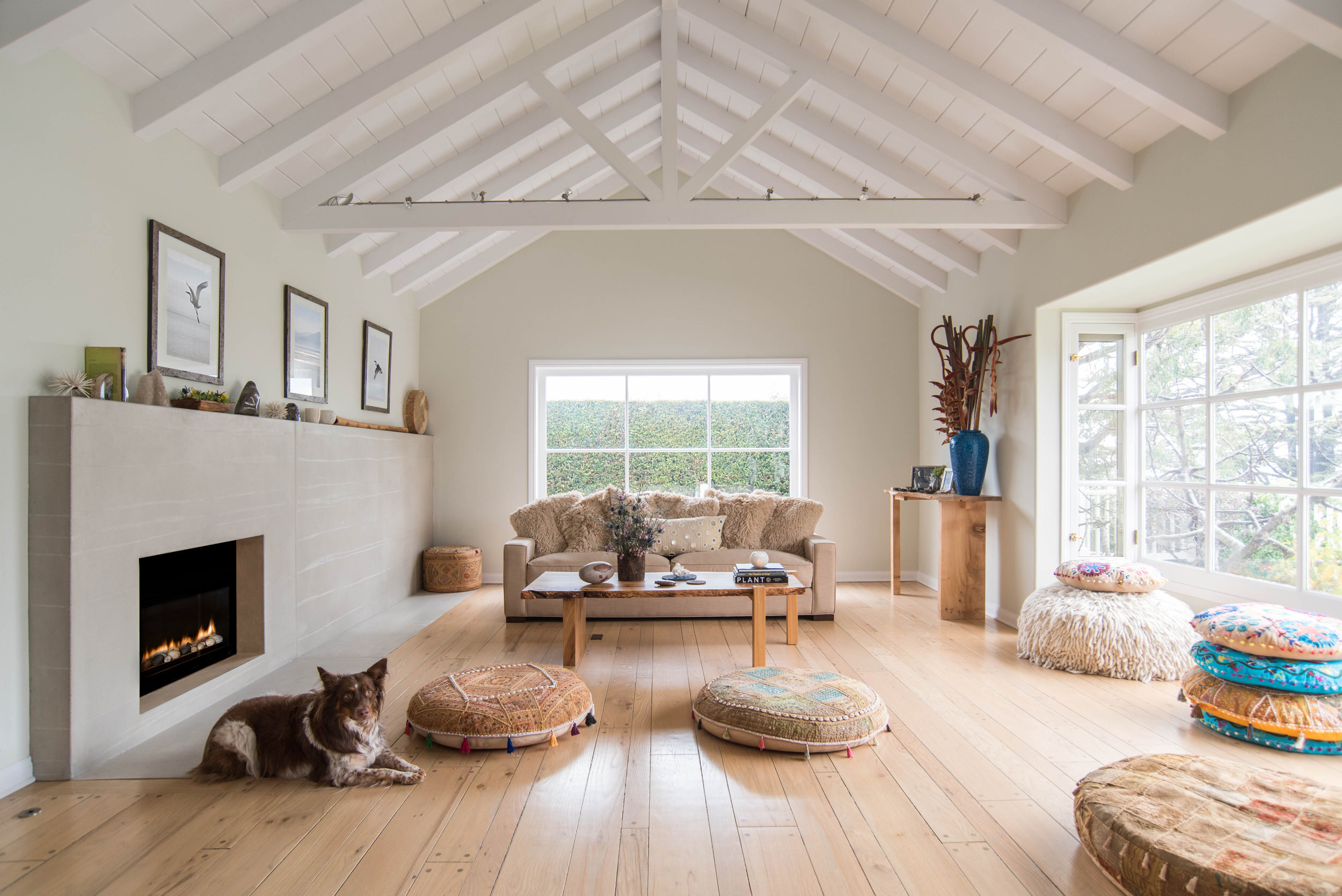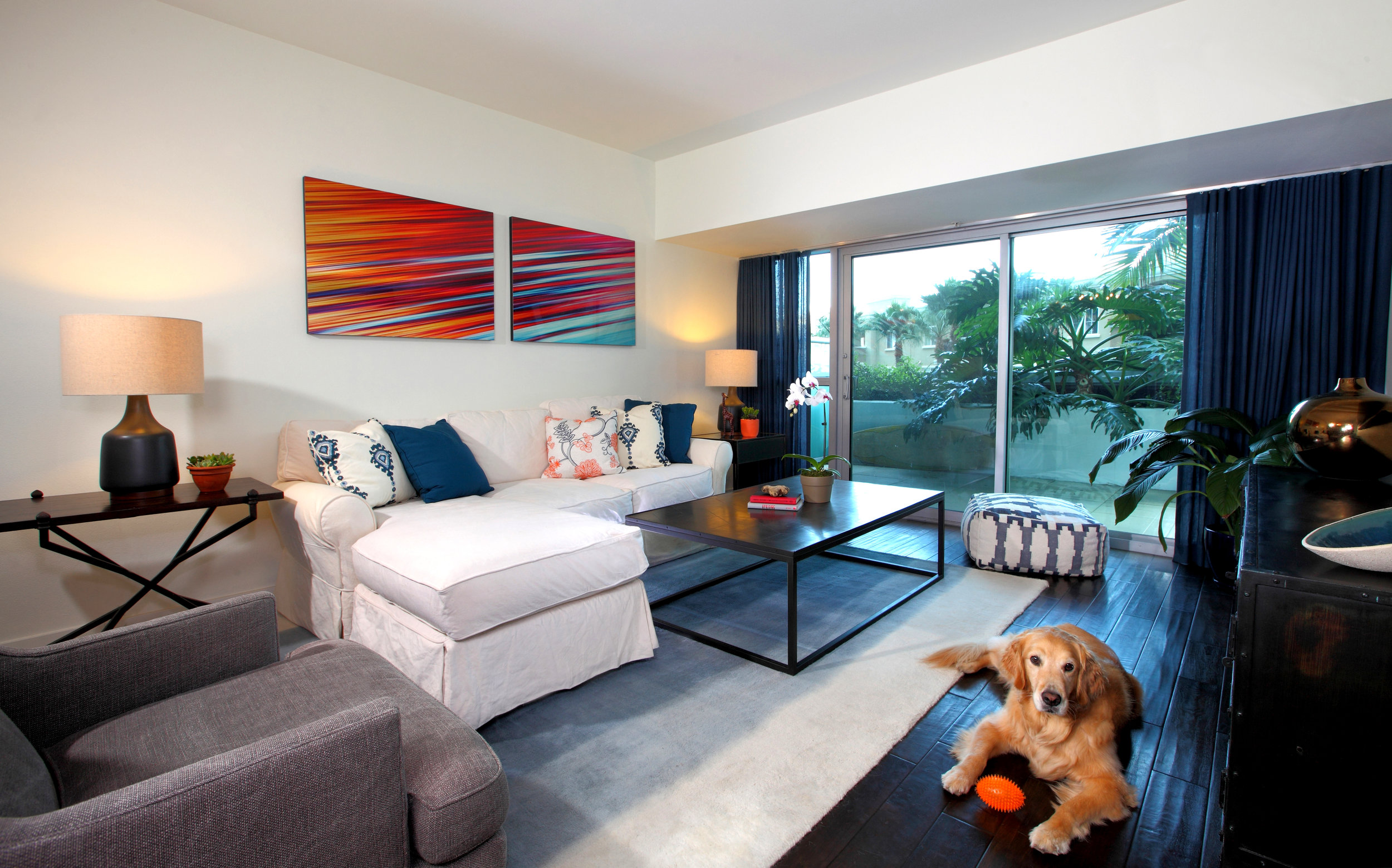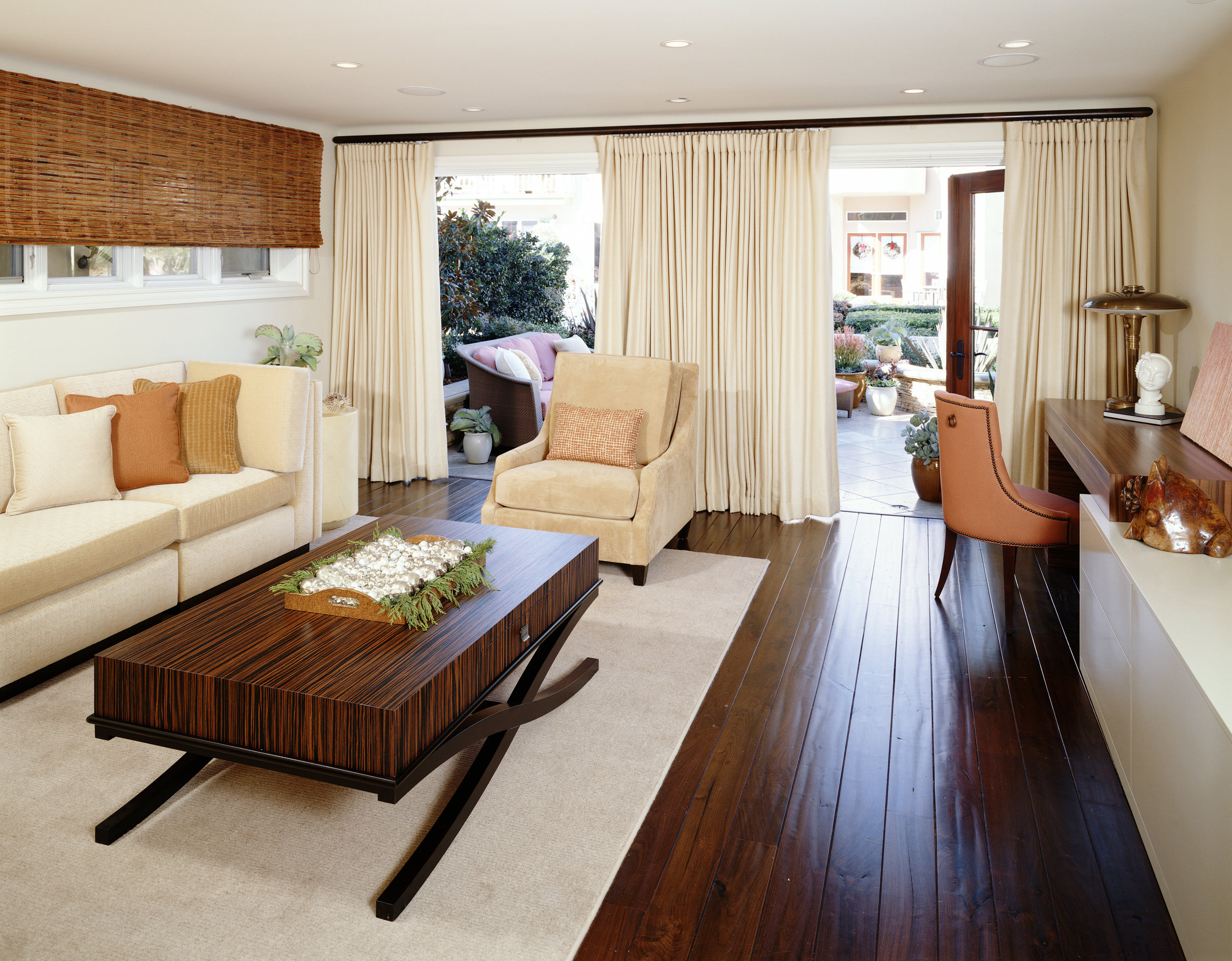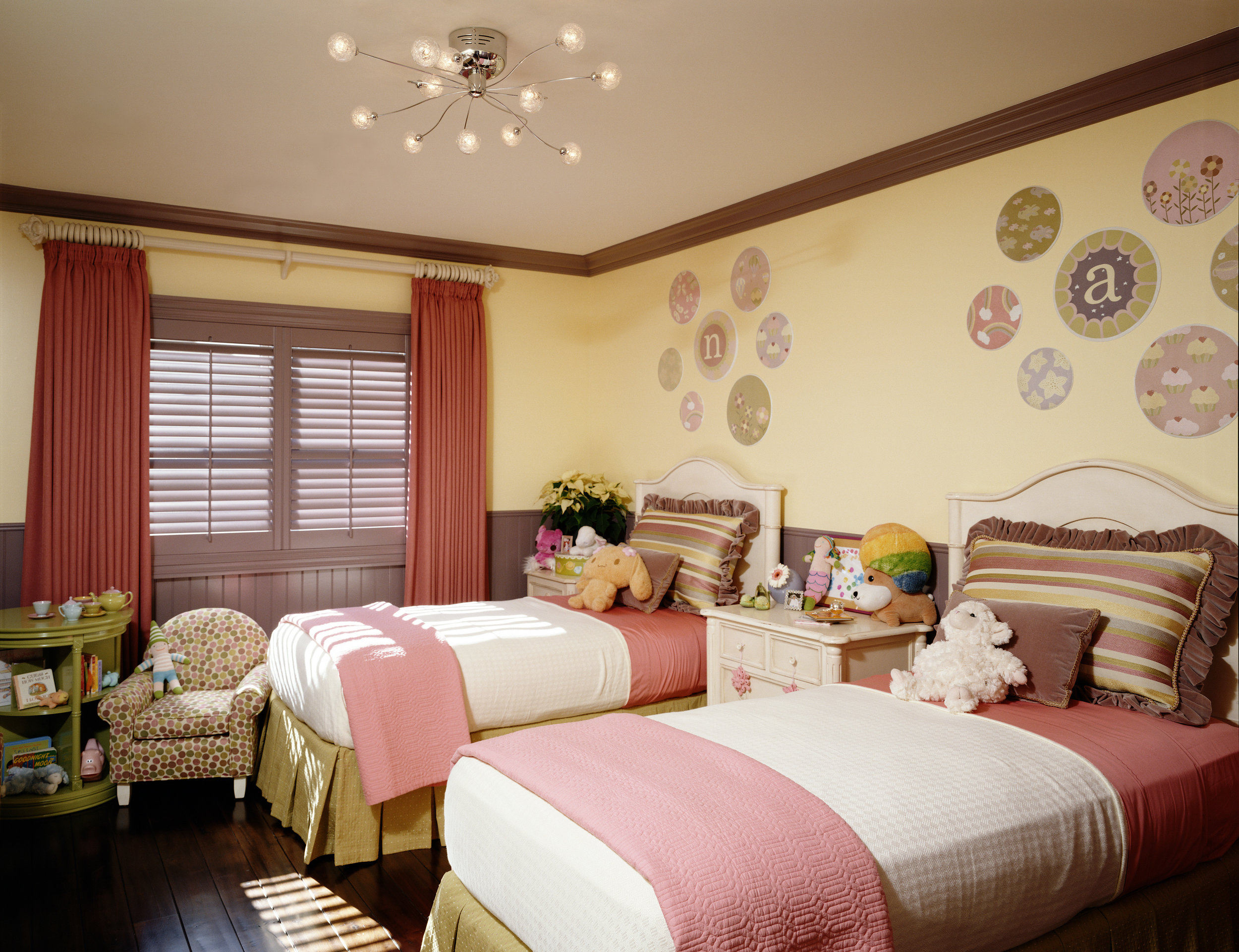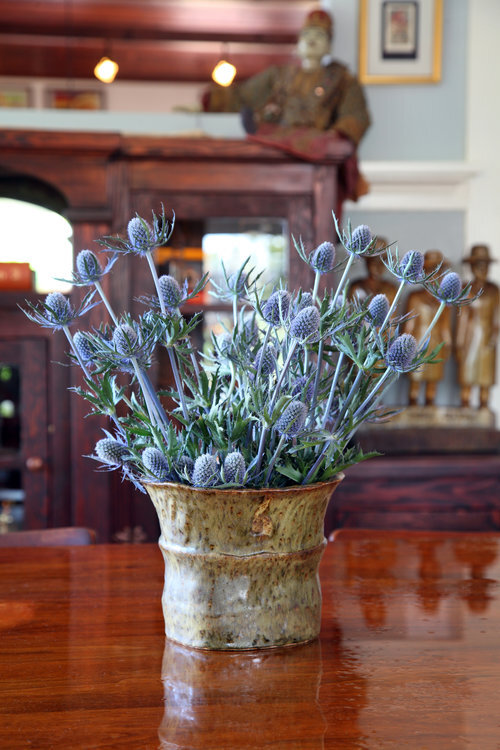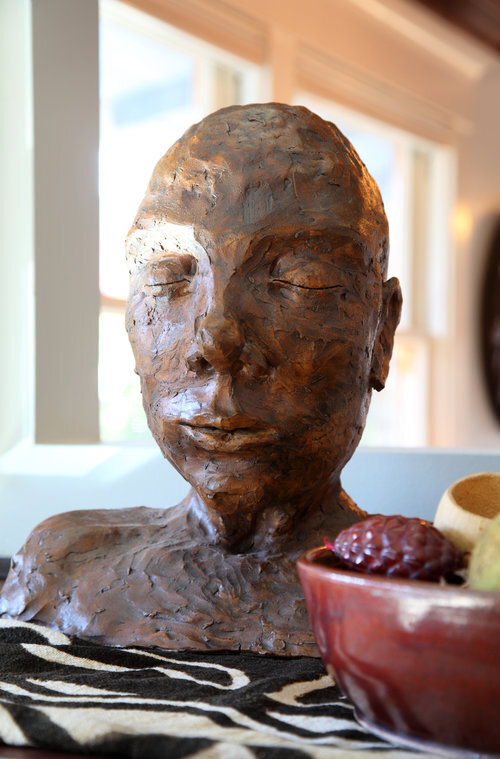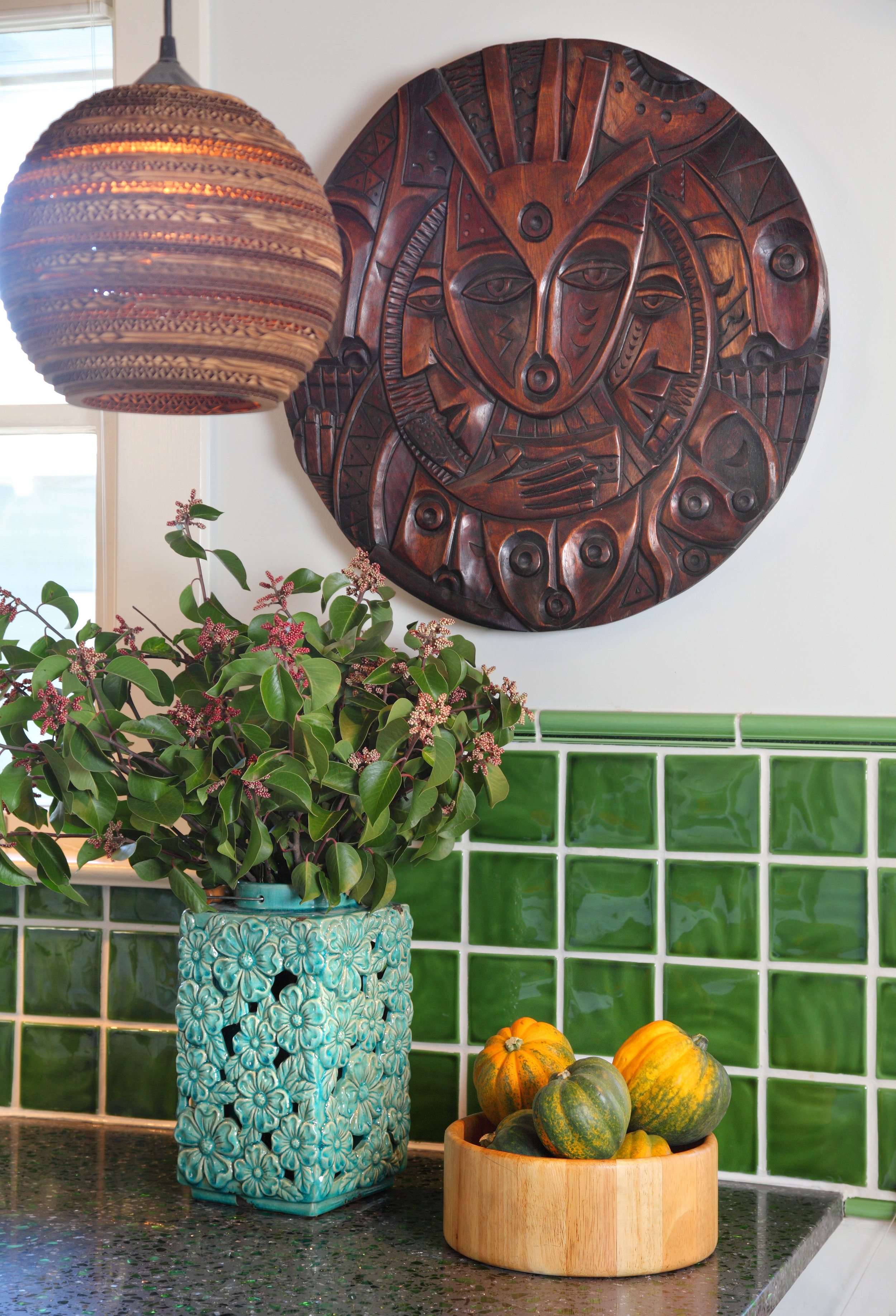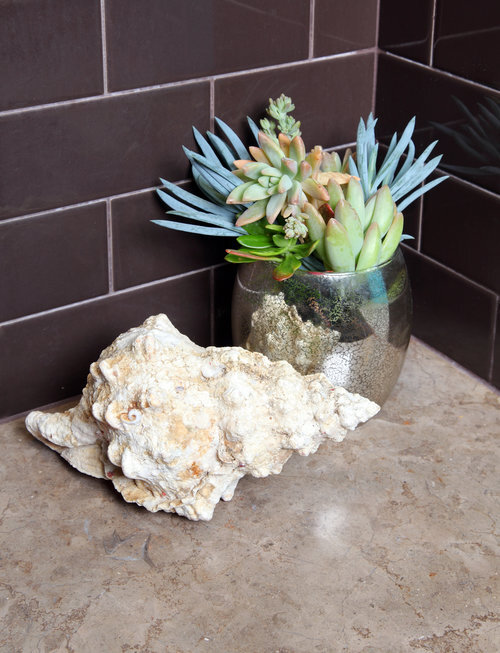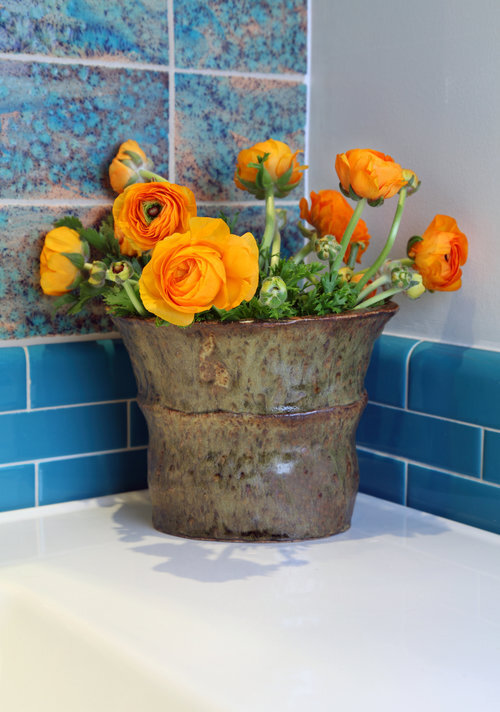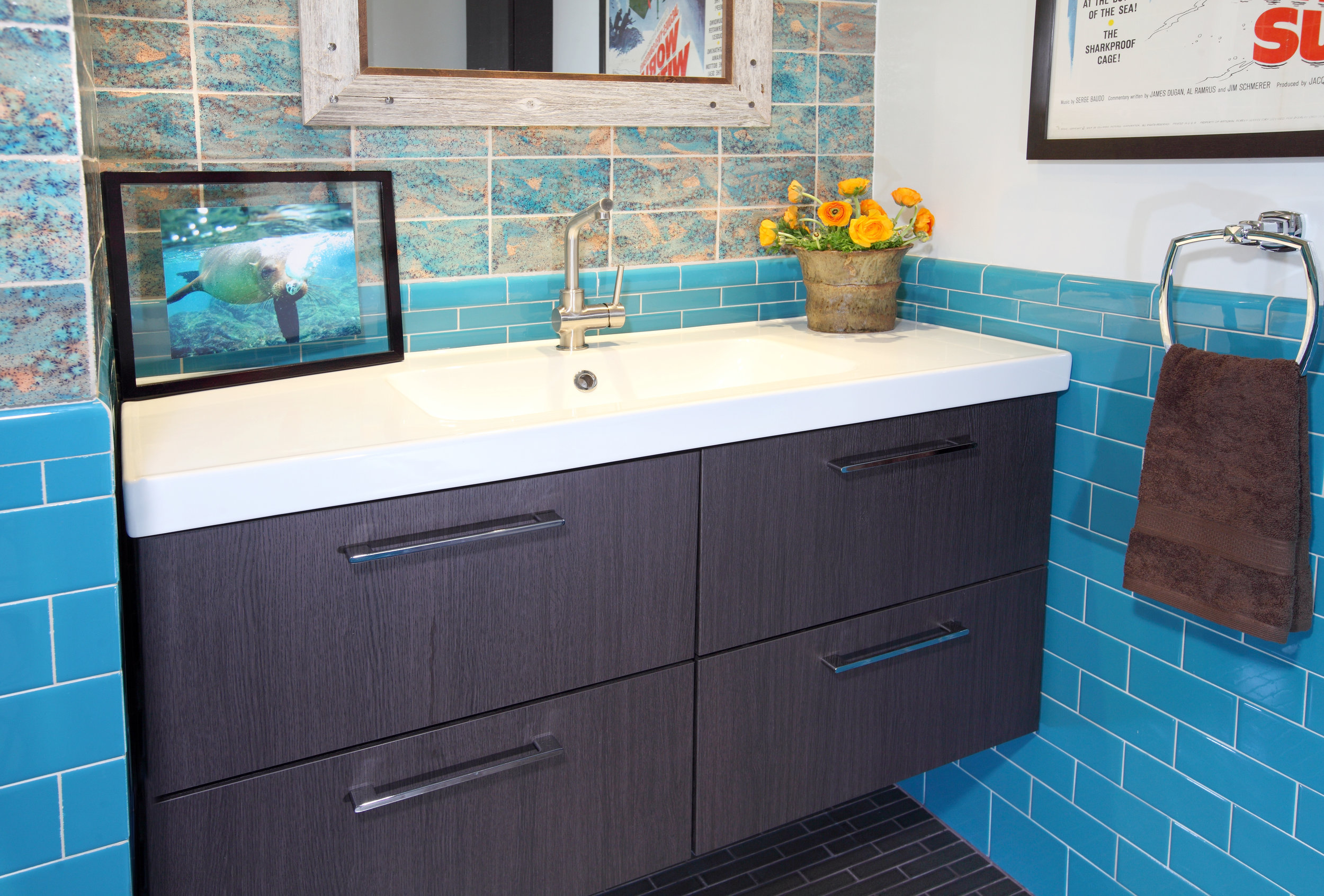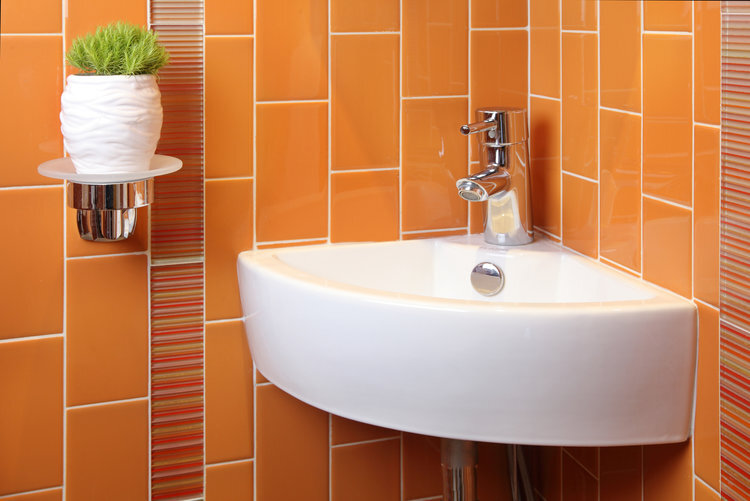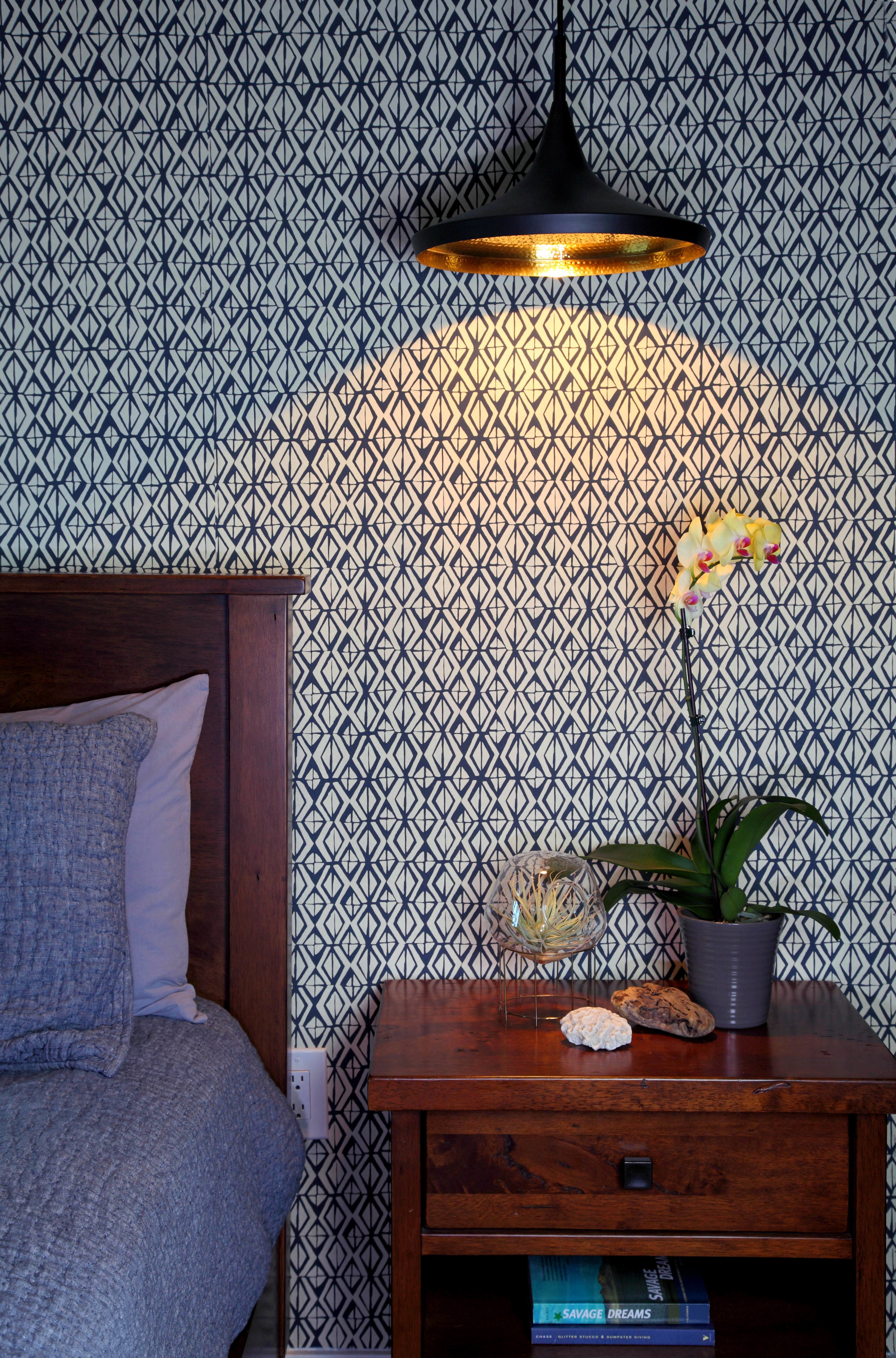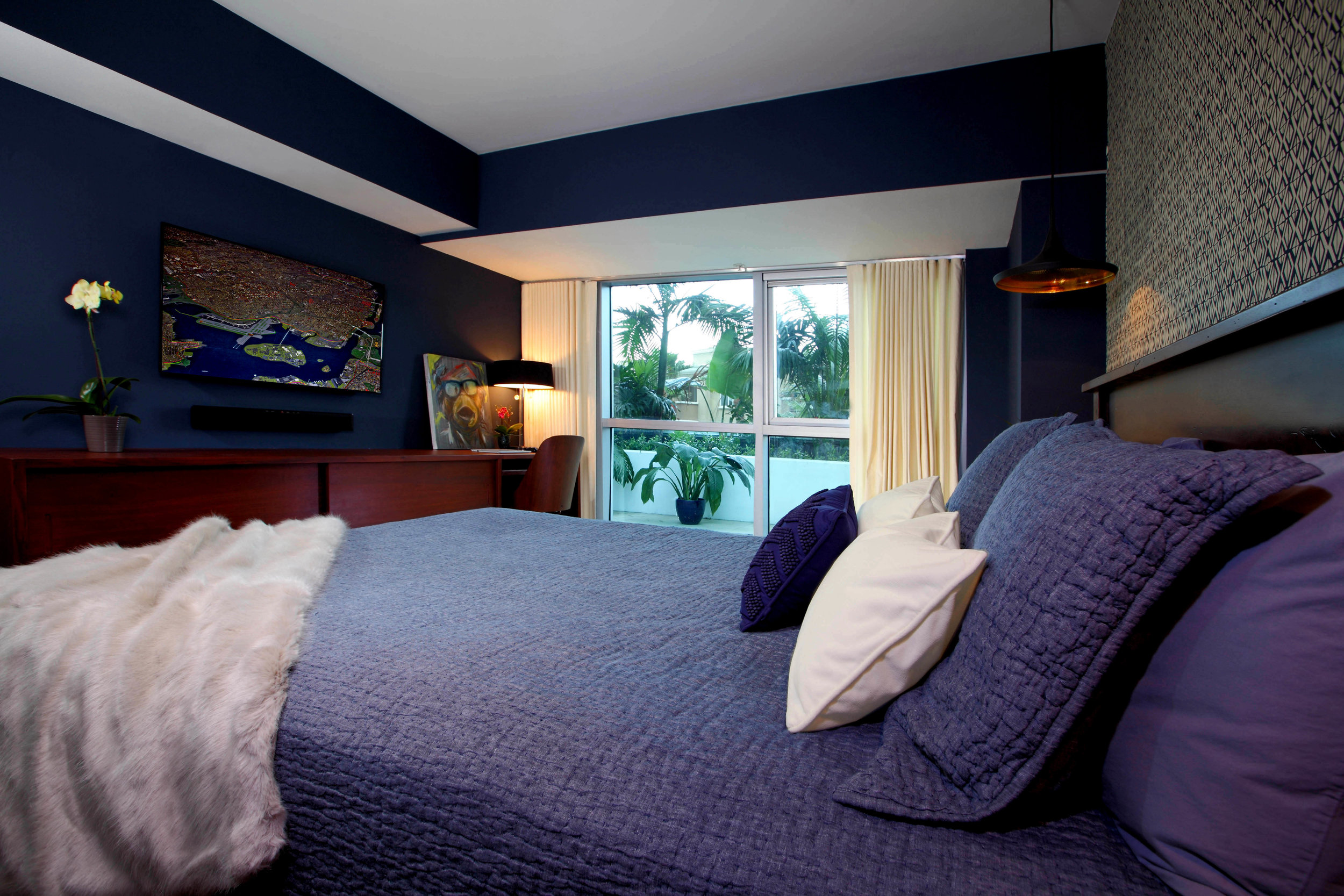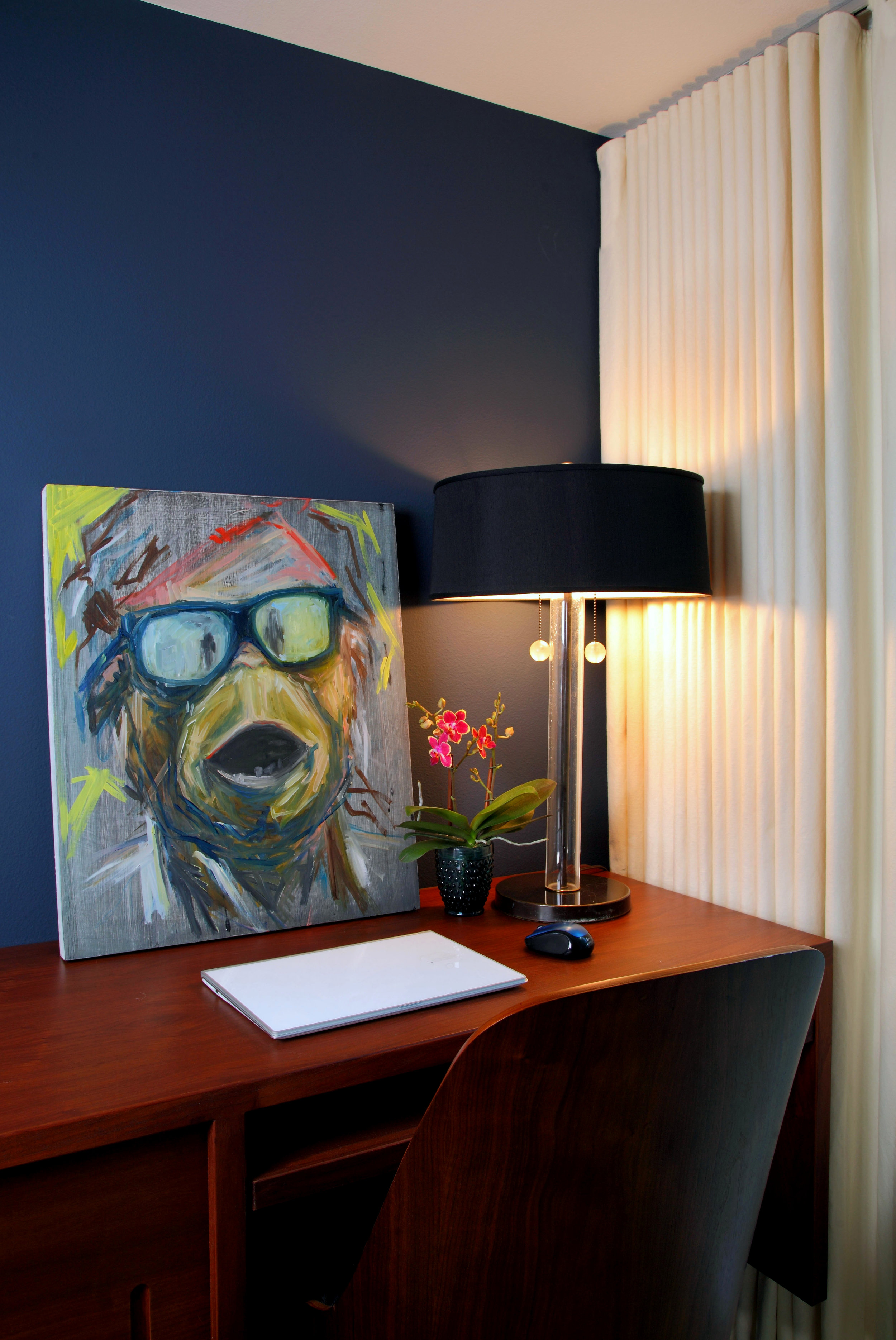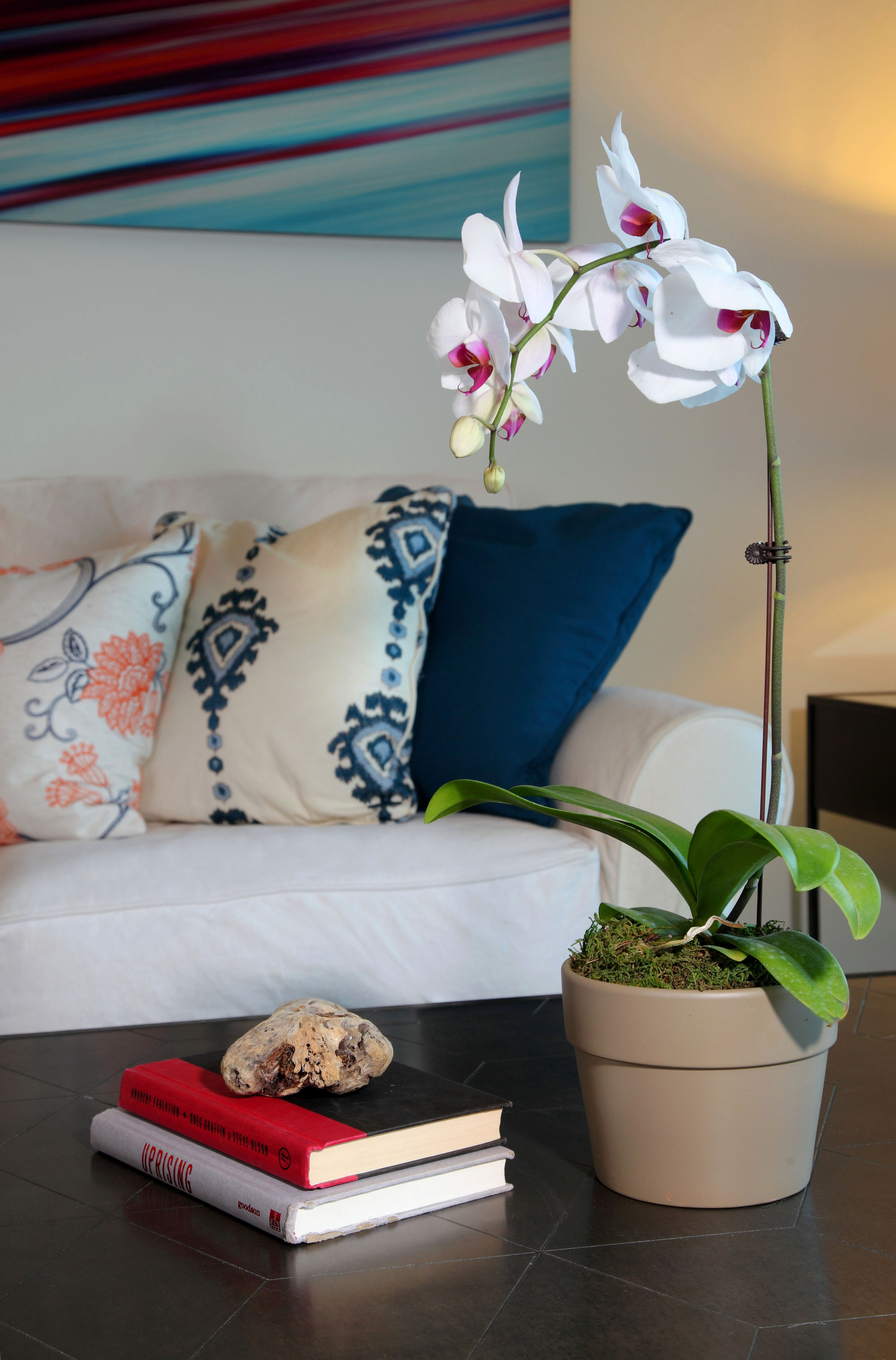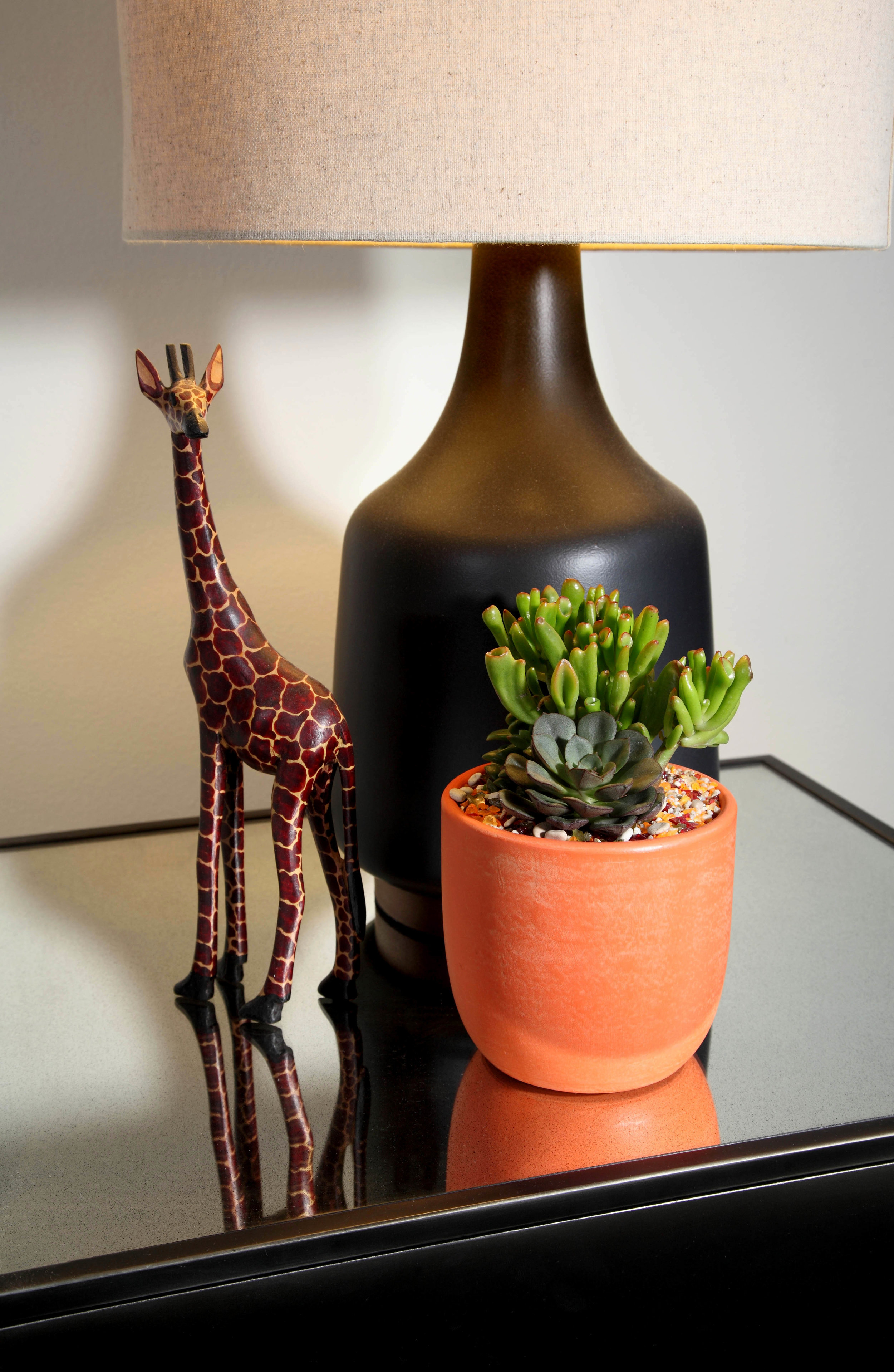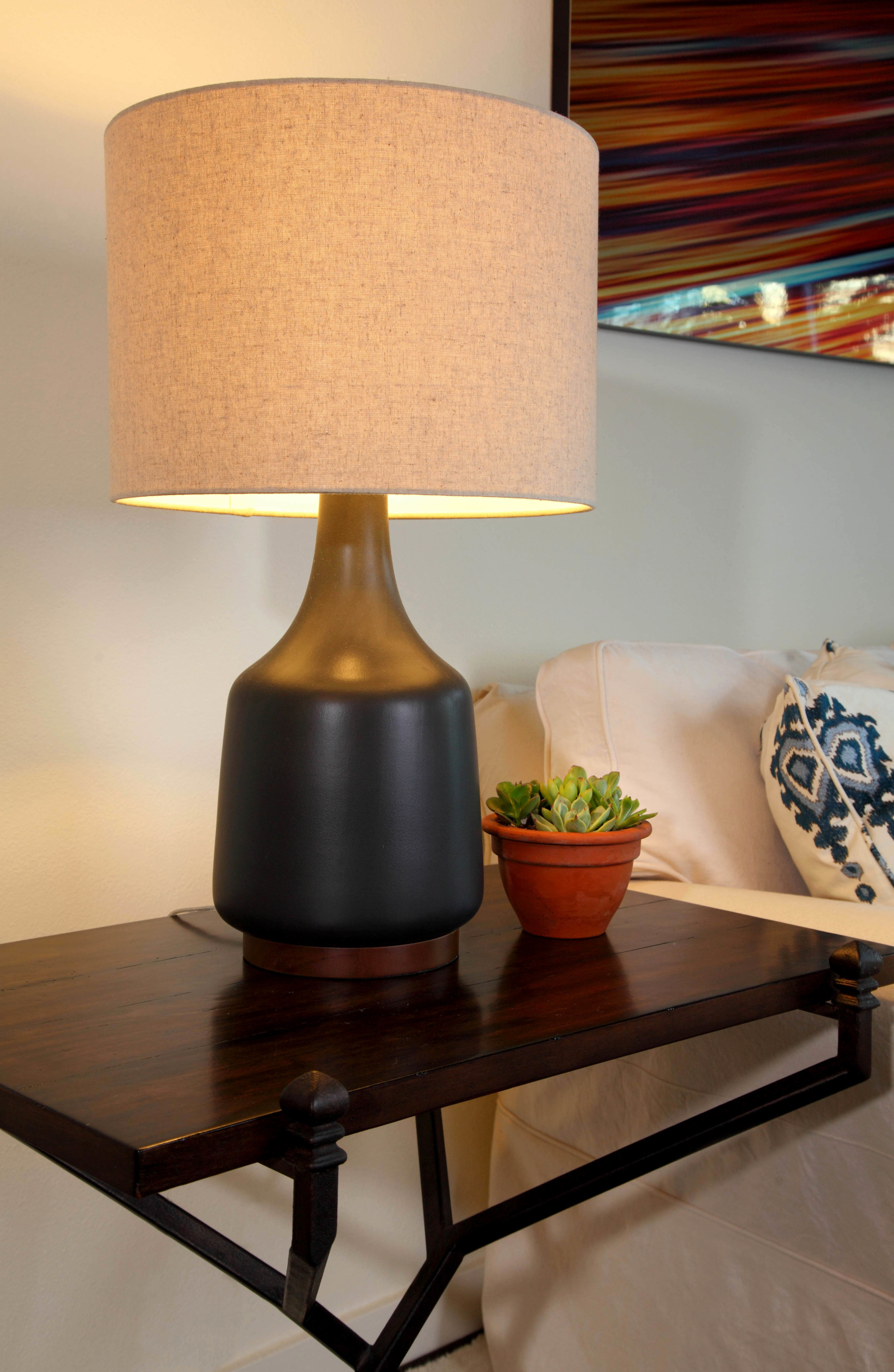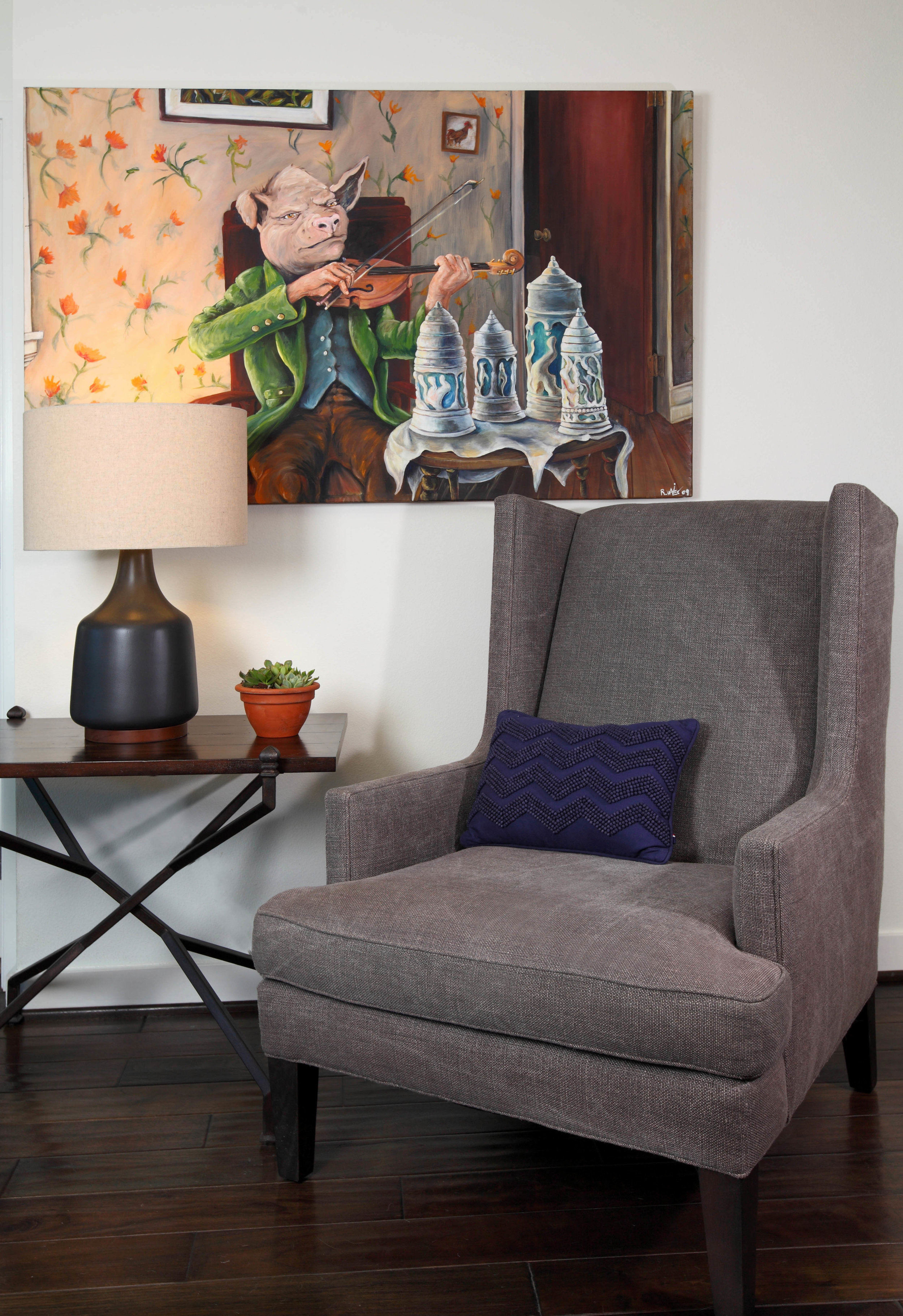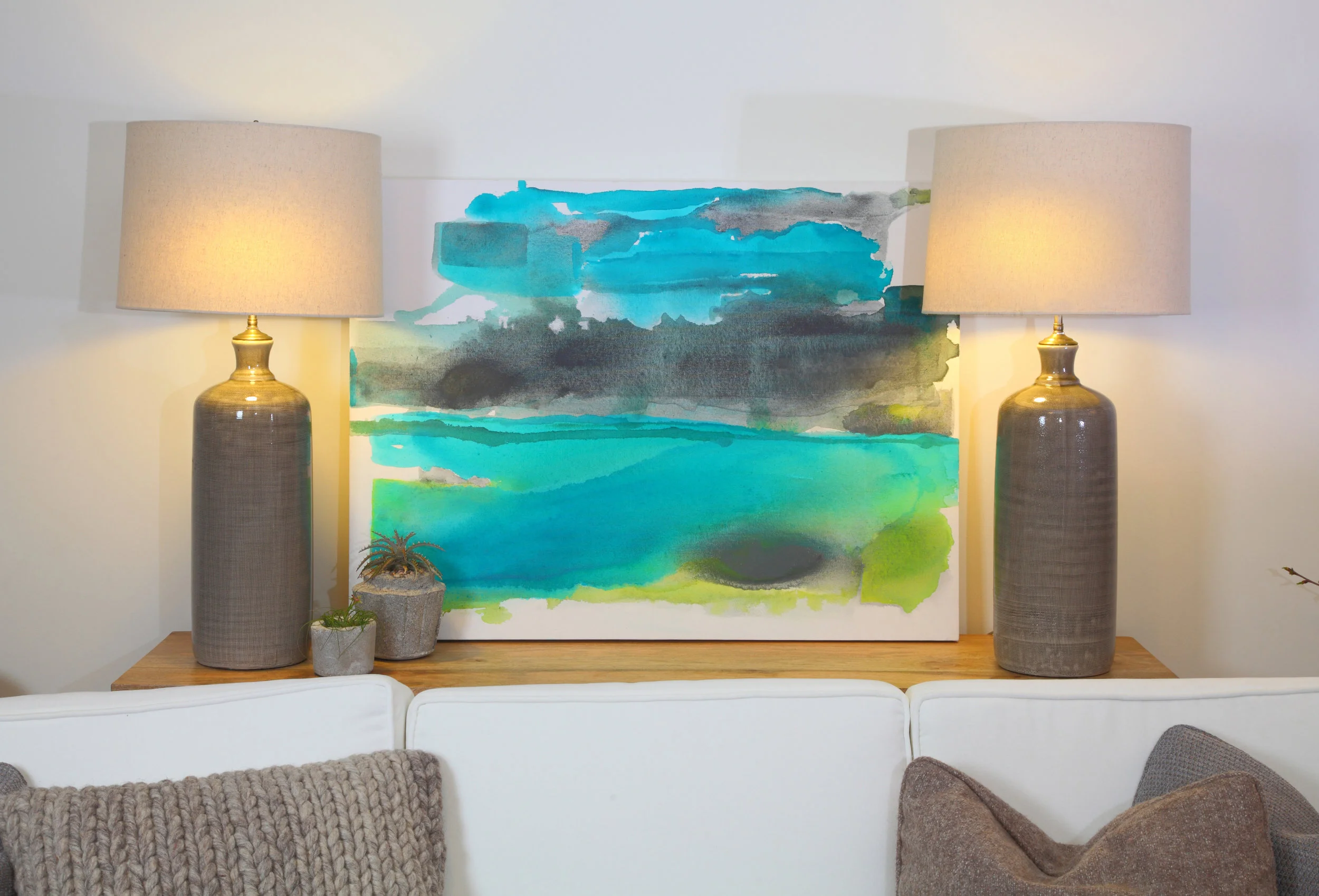Superbloom: Happy Healthy Interiors Inspired by Nature
/Happy spring! A “super bloom” has popped up all over California in the past few weeks, a result of a record-breaking amount of rain this past Winter season. Bright orange poppies, desert lilies, yellow and white evening primrose, and pink Bigelow monkey flower, are some of the flowers blossoming in considerable numbers to the delight of hikers, tourists, and nature-lovers throughout California. The super bloom has people flocking to parks such as Walker Canyon in Lake Elsinore, Near Desert Lily Sanctuary, and Diamond Valley Lake.
Close up of a wild poppy.
Flowers blooming in the Anza-Borrego Desert State Park
Los-Feliz-local Sarah Barnard, interior designer, WELL AP, LEED AP, keeps her own wildflower garden, where she planted a variety of poppies from seeds and is experiencing her super bloom. “The colors and textures that come with each season are delightful and inspiring,” said Barnard. “I grow a wide variety of fruits and vegetables, (carrots, radishes, beans, tomatoes, cucumbers, peppers of all kinds, cantaloupe, lemons limes, avocado, lettuces & herbs) as well as cactus, succulents, and flowering/ornamental plants.”
Barnard recently took time to visit Griffith Park, Antelope Valley Poppy Reserve, and Anza Borrego State Park to see the super bloom herself. Sarah, who specializes in interior design that contributes to her client’s health and wellness, and strives to make nature a part of each home she creates, shared photos of her recent trips.
“This year’s superbloom is a colorful reminder that nature informs life and design,” Barnard said. Incorporating this principle into the design of your home is one way to contribute to your happiness and health. The study of the effect of nature in design on our health is called Biophilia, and we have previously written about this phenomenon.
One way to bring this happy and healthy nature into your home design is to incorporate natural and organic forms, which are visually pleasing and encourage our connection to the outdoors. Selecting art, lighting or furniture for your home that resembles natural forms is one way to make an inviting and exciting space. Art and shapes inspired by nature could mean a light fixture that looks like a plant or a sculpture that looks like an animal.
Fresh flowers and bright pink leather reminiscent of wildflowers create a warm and inviting dining nook.
Cheerful coral pink tile pairs beautifully with flowers.
Sarah Barnard is a strong advocate of having nature incorporated directly into a space as well. Add your favorite flowers, succulents, and ferns. “In my home, I keep a healthy variety of plants: bromeliads, tillandsia, monstera, and ferns are among my favorites. Having this connection to nature makes my home feel lush and light.”
Using natural materials, aside from being beautiful and adding diverse texture to space, is also an excellent way to contribute to mental and physical well being. Having materials like wood, cotton, and glass rather than plastic and vinyl will avoid toxic off-gassing.
This dining room features fresh flowers, bright colors, and natural wood tones.
This colorful palette was inspired by flowers.
Fresh flowers add life and warmth to a contemporary space.
To battle the stresses of everyday life, you can use mindful home design practices to create open spaces connected with the environment, plant-life, and the seasons. Barnard reminds, "Our surroundings deeply and immediately impact our mental, physical, and emotional health. A visual connection with the outdoors can improve mood and productivity, and what we bring into a home or space (finishes, furniture, artwork) determines both the quality of the air we breathe and how we function in our daily lives." The flower fields make great inspiration for such a space, with their bright colors, gorgeous views, and fresh air.
There is energy, beauty, and vitality in wildflowers. Spring is the perfect time to find inspiration from flower fields and create a connection to the outdoors. You can do this by beginning a garden, using interior design to personalize your home or office, meaningfully incorporating plants, natural light, and elements inspired by nature. Choose natural materials like wood, cotton, and linen, and take inspiration from this season's super bloom by using bold and bright colors. As more of us make our careers our focus, nature and design are imperative to promote calmness, serenity and healthy living.
And when in doubt, go hiking!
Sarah Barnard designs healthy, happy, personalized spaces that are deeply connected to nature and art.
To learn more about Sarah Barnard Design, please visit www.SarahBarnard.com.
Photos by Steven Dewall, Abby Siniscal, Chas Metivier








